El Palacio de los Capitanes Generales de La Habana // The Palace of the Captains General of Havana (ENG/ESP)
English version
Hello friends, this time I invite you to visit a site located next to the Castillo de la Real Fuerza, which I mentioned to you last week. Its name alludes to the fact that it was the official residence of 65 Spanish captains general who governed the island during the colonial era. This palace, now an interesting museum, was begun in 1776 on the block occupied by the Parroquial Mayor parish church, on the west side of the Plaza de Armas. This construction is considered a significant work of civil architecture of the 18th century, in a sober baroque style. It was designed by the engineer Antonio Fernández de Trevejos, under the direction of the Captain General Marqués de la Torre, and inaugurated by Luis de las Casas in 1791. It housed the Public Prison until 1834. It was the headquarters of the American interventionist government between 1899 and 1902, and of the government of the Republic of Cuba until 1920. The Mayor's Office of Havana also held uninterrupted sessions in its halls for some 176 years. Since 1938 it has been the seat of the Office of the City Historian. Currently, only the first floor is open to the public due to restoration work. In this museum we will be able to see valuable collections related to the history and culture of Havana throughout its almost five centuries.
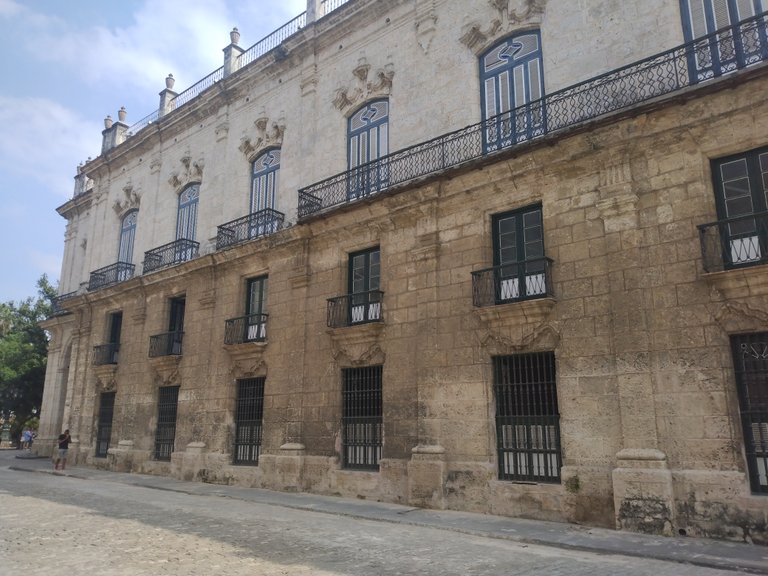
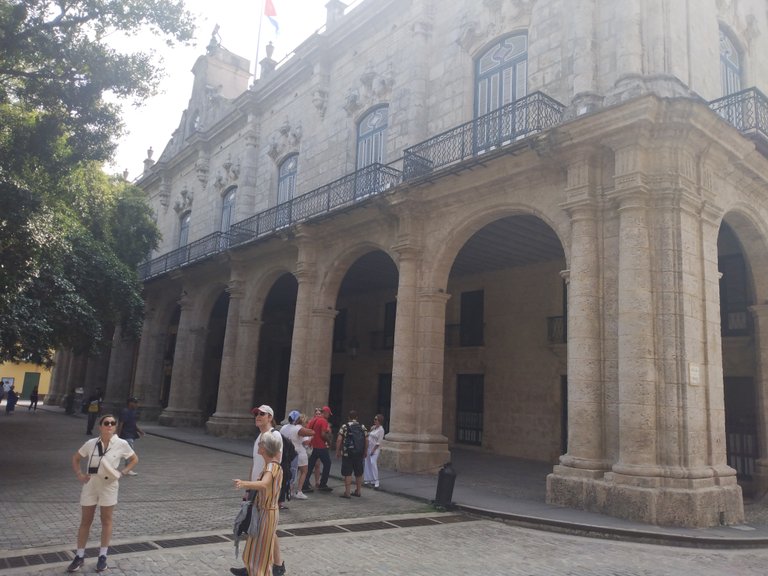
Inside, as is characteristic of colonial buildings, there is a cool inner courtyard with typical tropical vegetation, in the centre of which is a marble sculpture of Christopher Columbus.
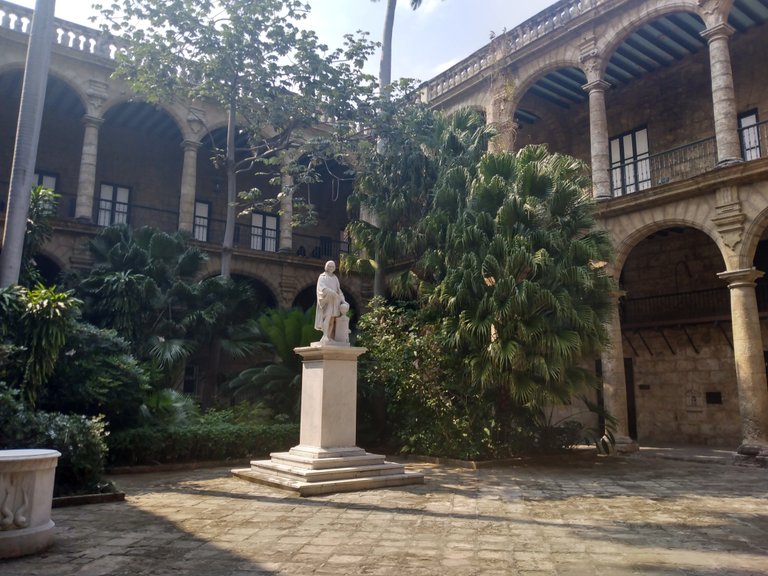
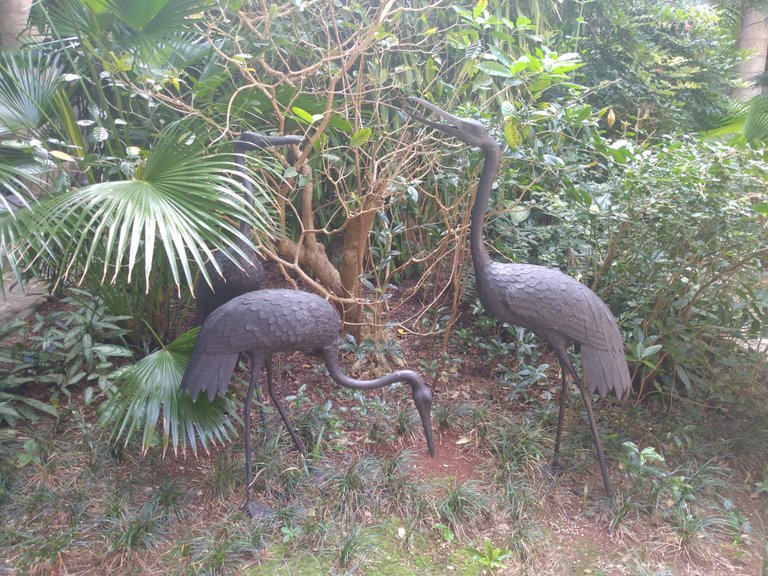
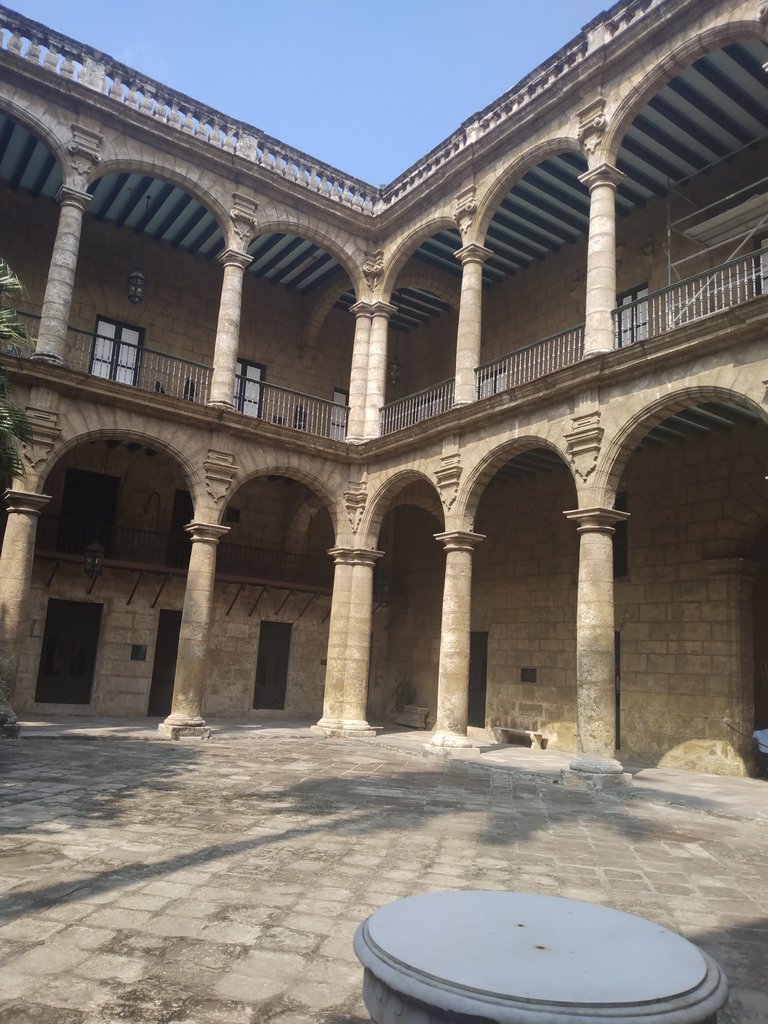
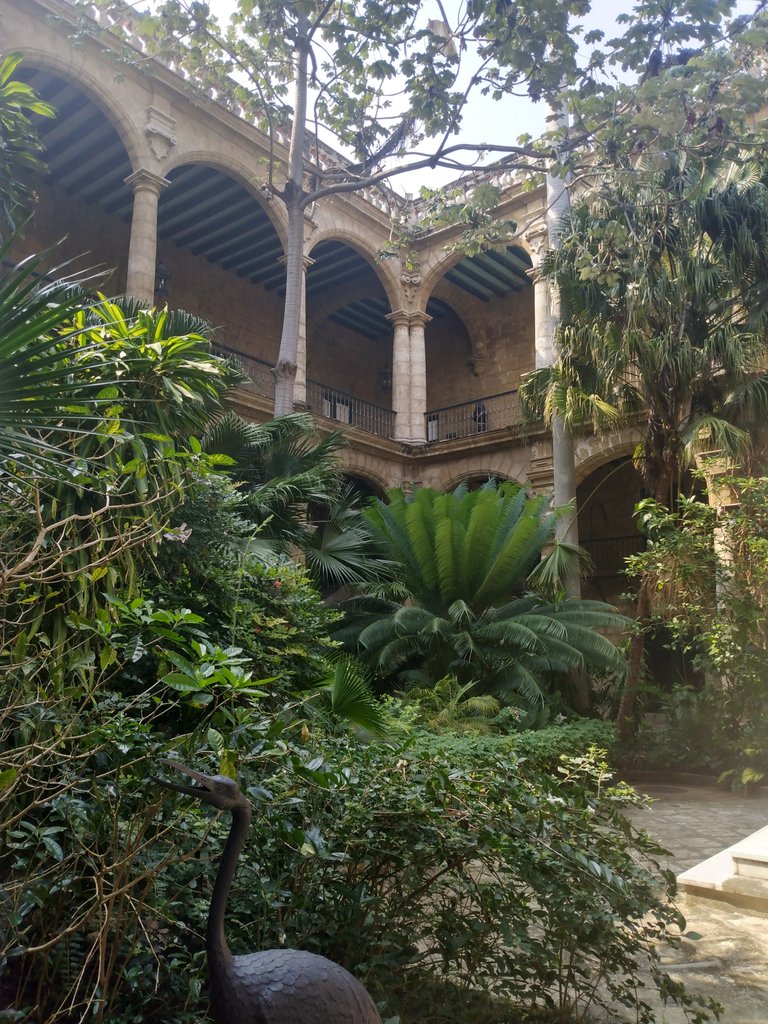
The first room is called Quitrín where, among other antique objects, the typical carriages of that time are exhibited. In the images below we can see these carriages called Diligencias, designed for long journeys, and a French Phaeton, the latter used for transport in the city and at social events of the aristocratic class.
French Phaeton
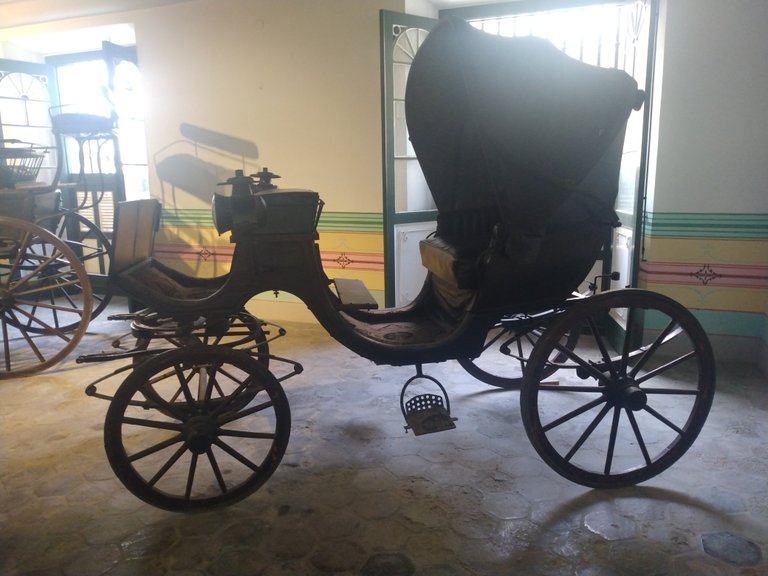
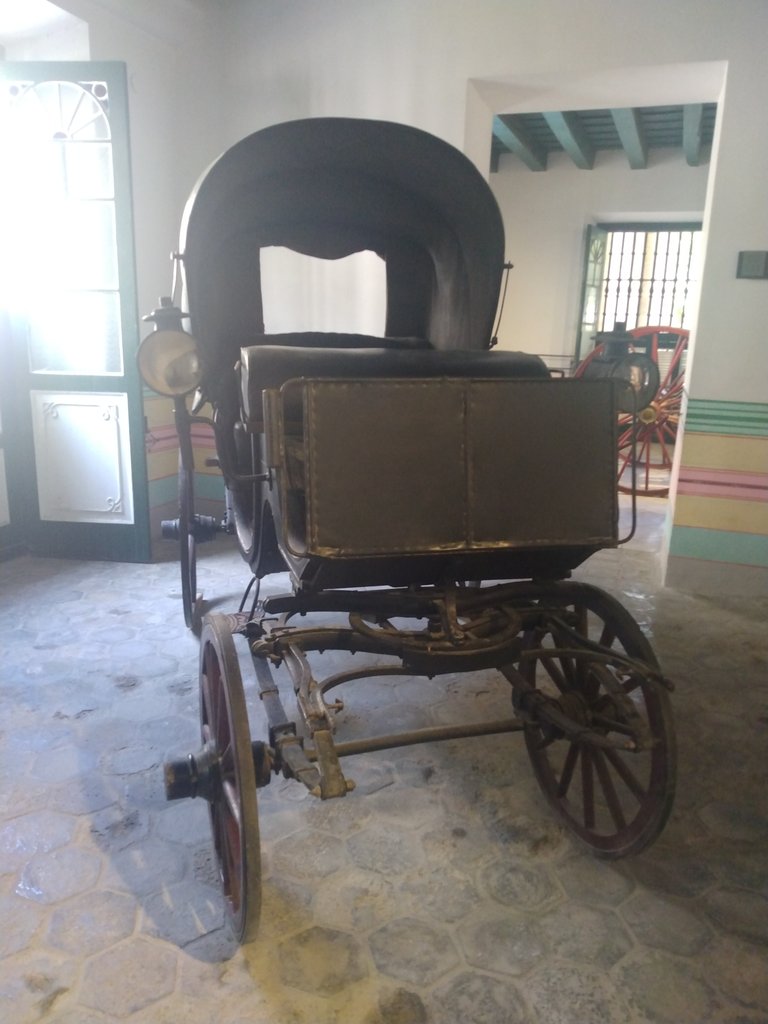
Diligencias
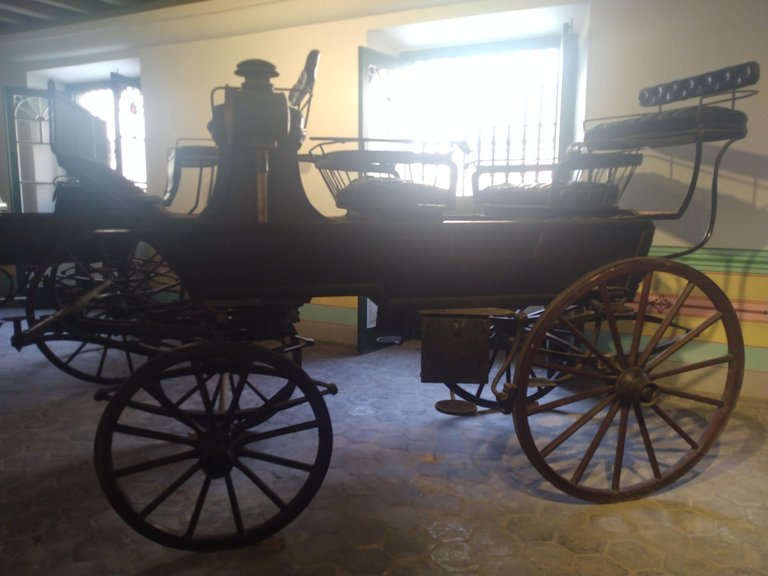
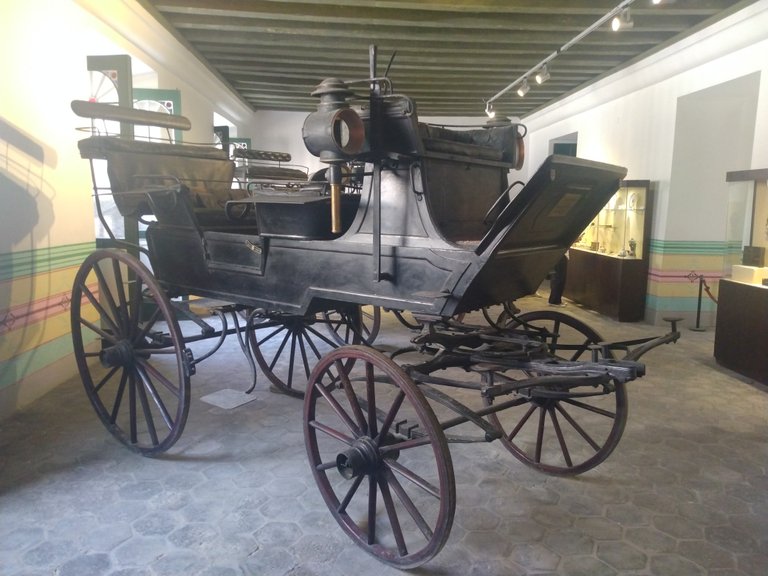
Also in this room we can see objects that belonged to the captains general and other aristocratic people such as: porcelain sets, objects made of mother-of-pearl, binoculars, as well as a collection of antique keys and padlocks.
Porcelain sets
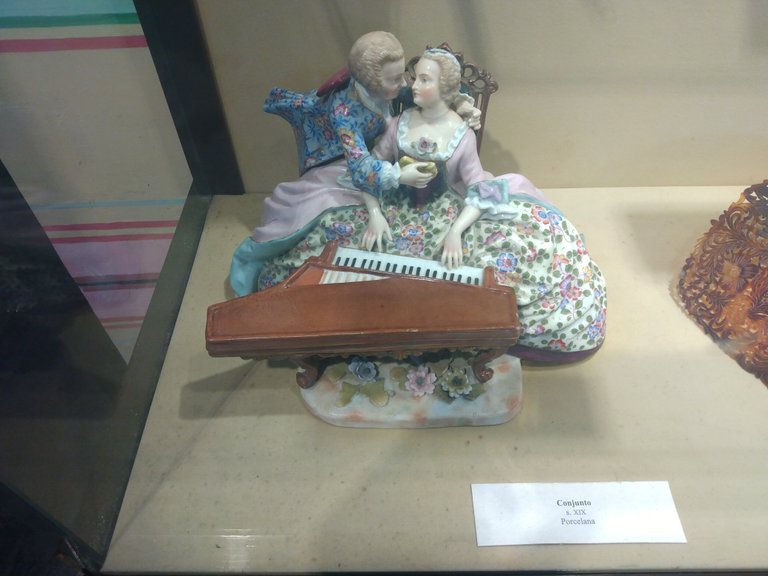
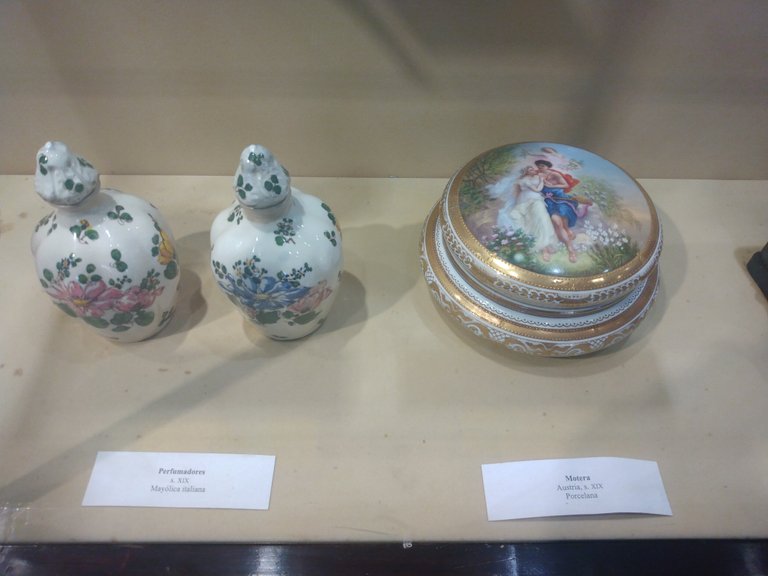
Tortoiseshell objects
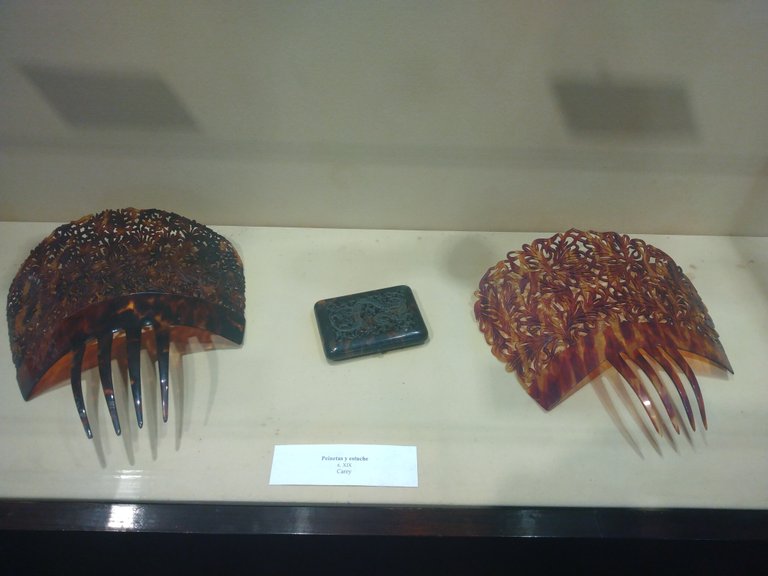
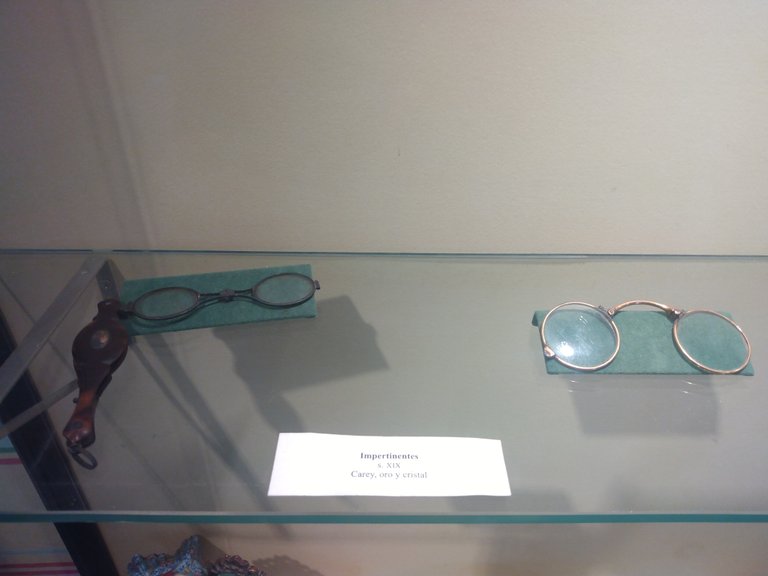
Objects made from mother-of-pearl
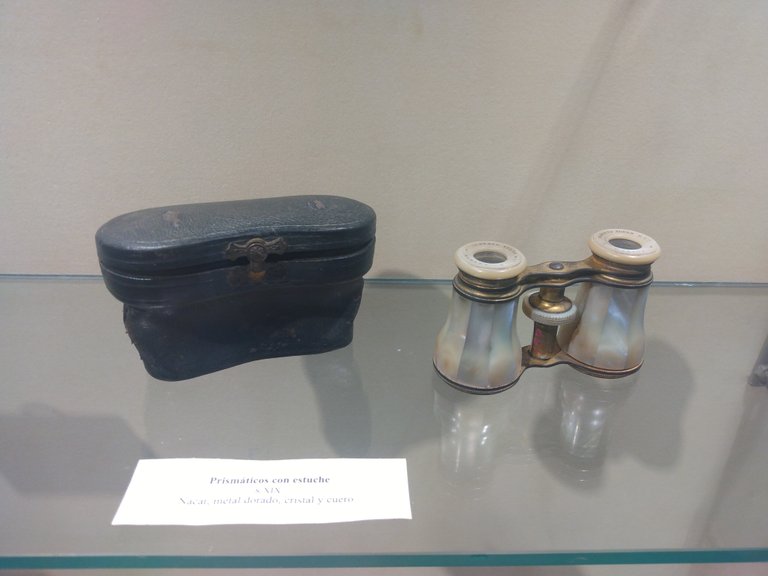
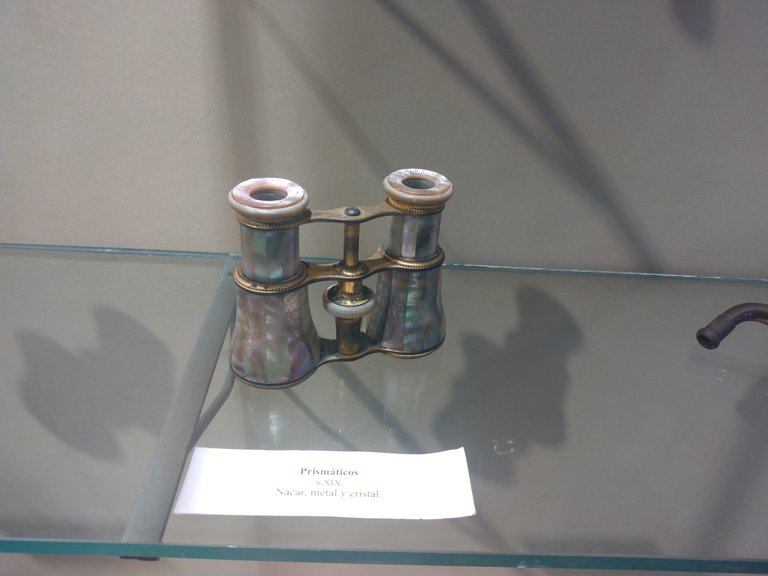
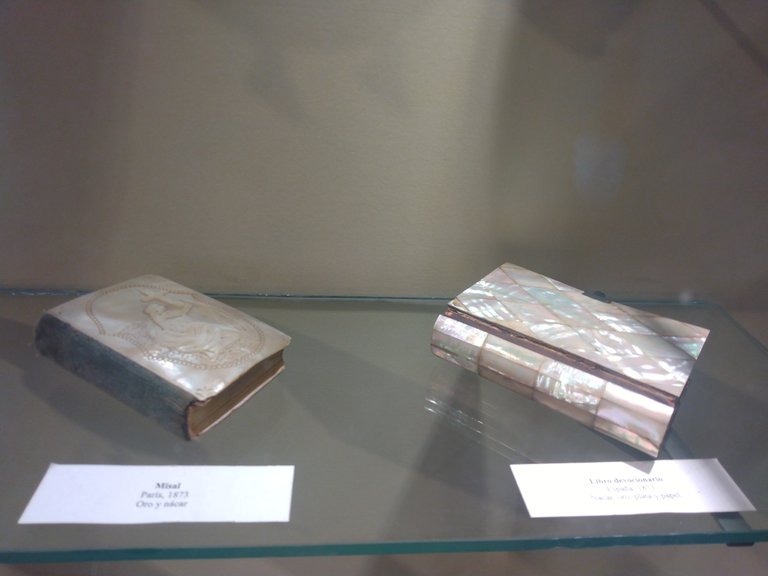

Collection of old keys and padlocks.


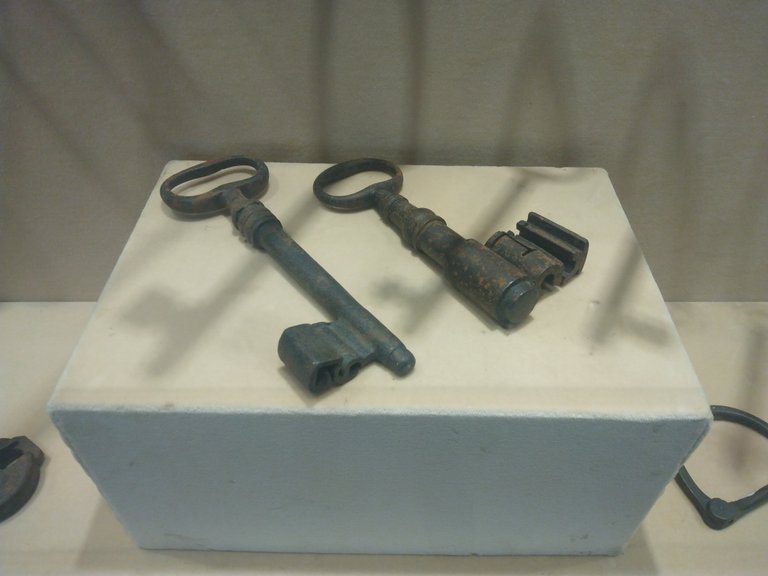
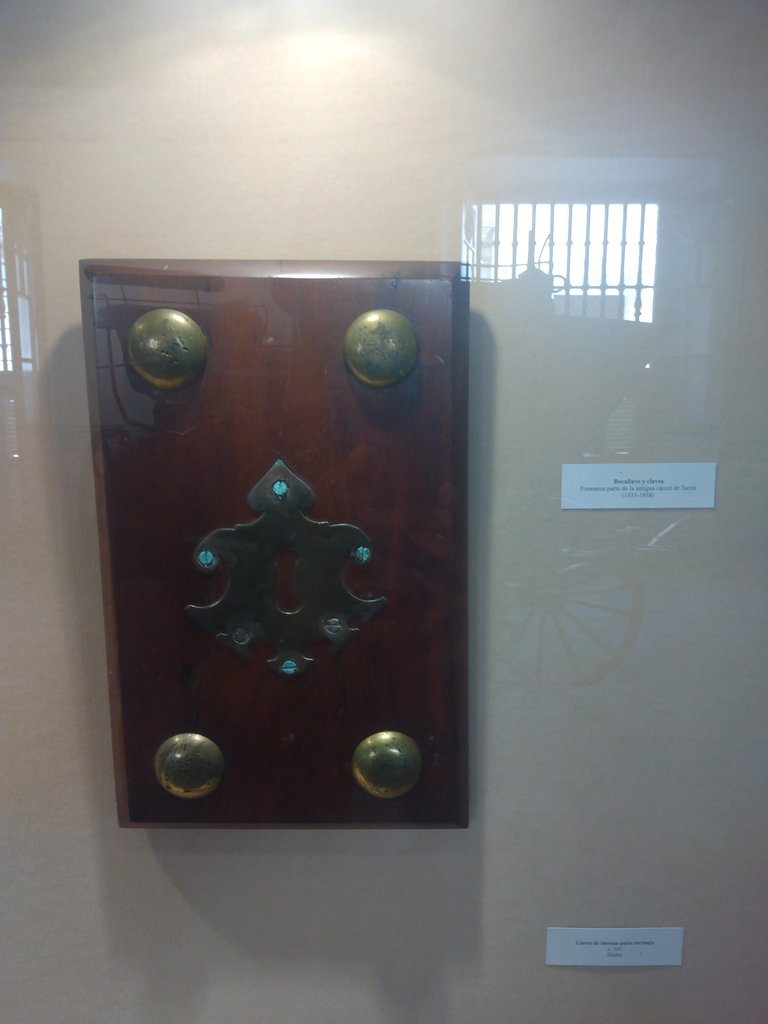
In another compartment of the Quitrín room, there is an elegant carriage donated by King Juan Carlos of Spain on his visit to Havana in 1999. It was made in Seville.
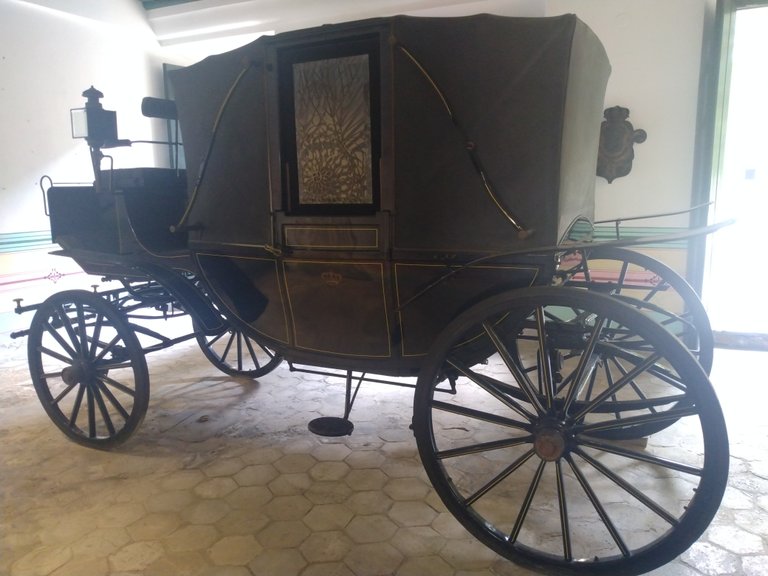
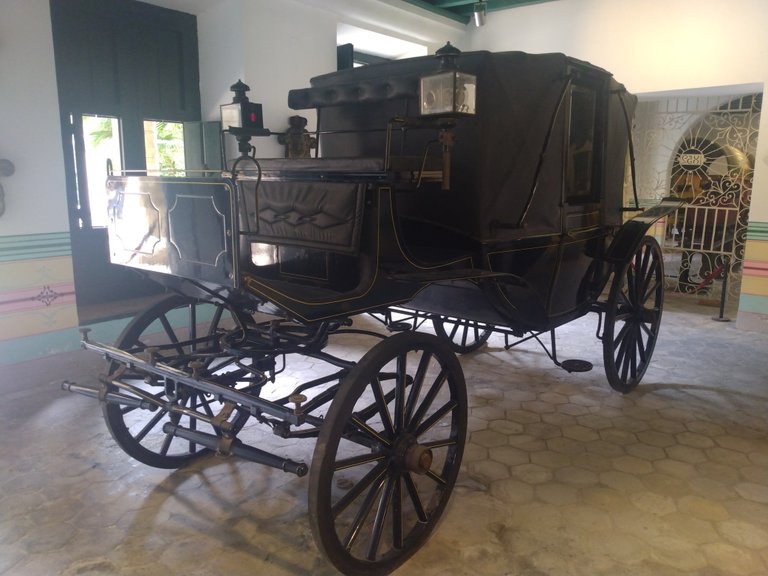
On the walls of the premises are hung the coats of arms representing the governments of Spain and Havana.
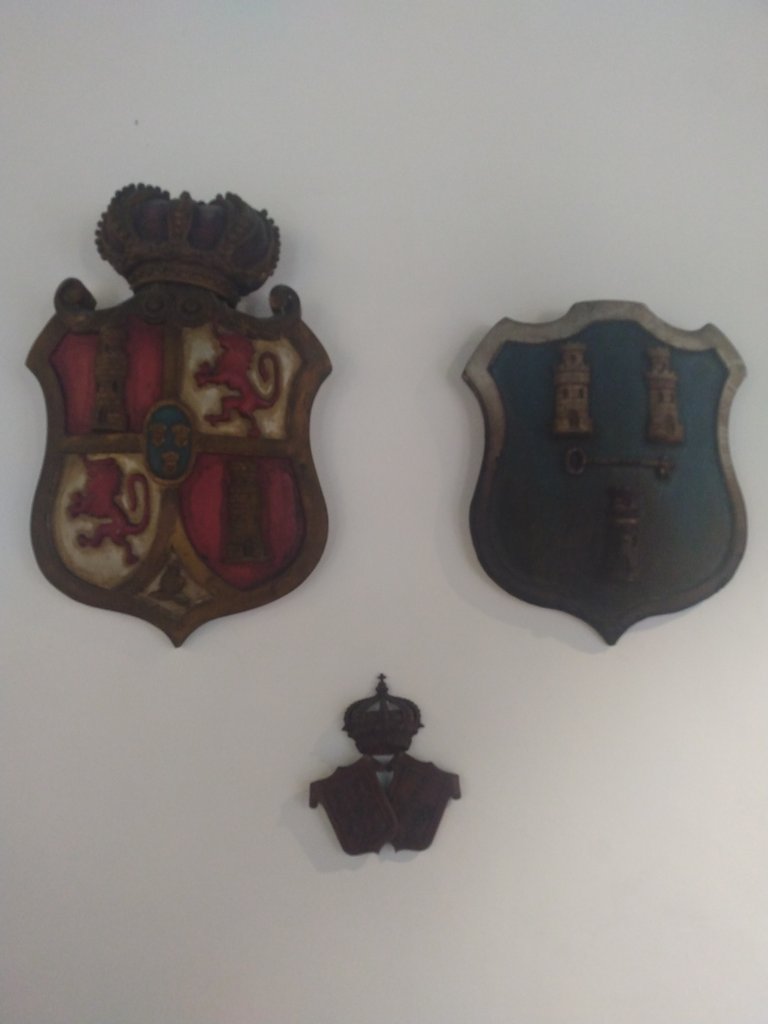
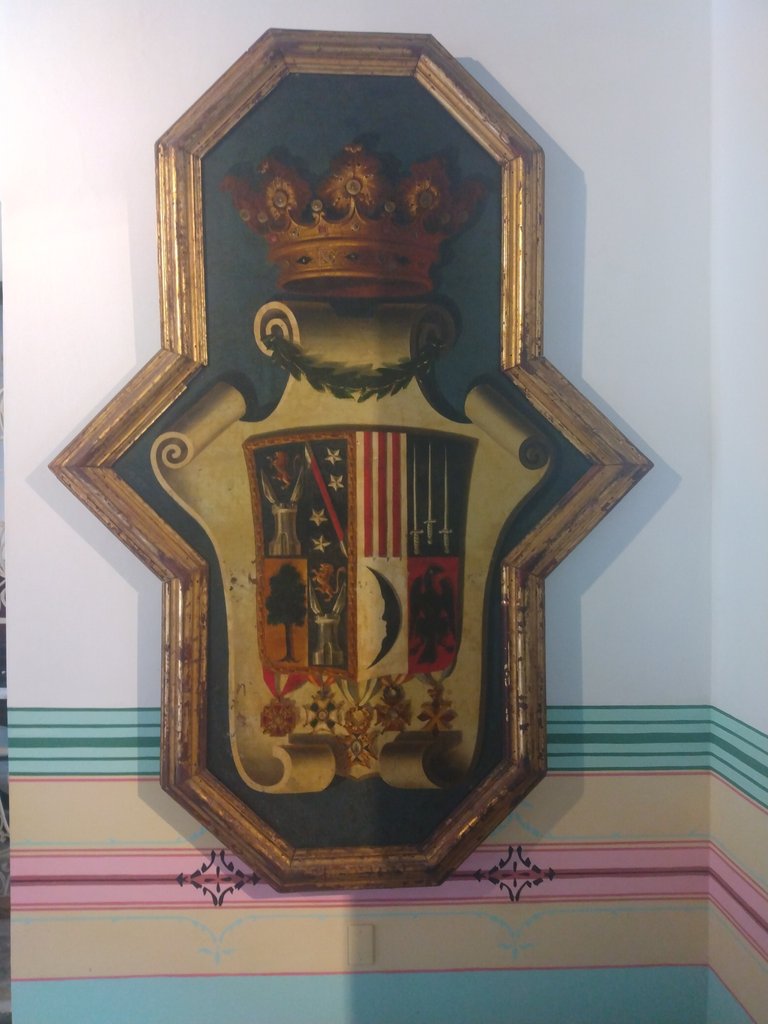
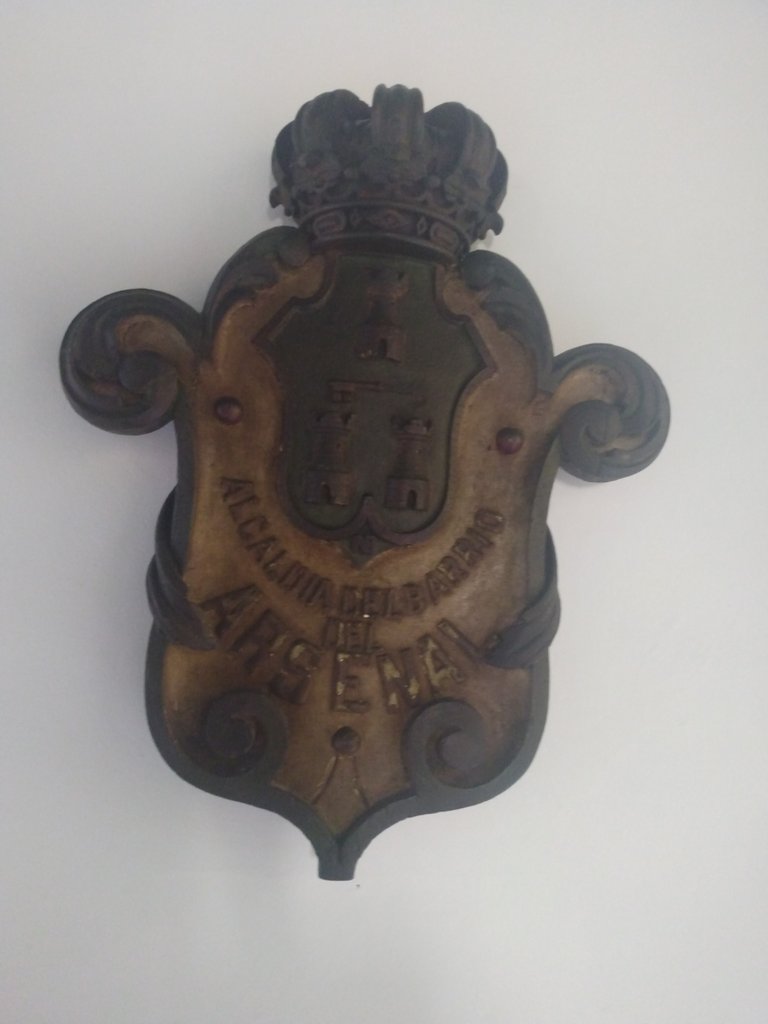
Other objects of interest are the Mexican-made horse saddles, which were a gift to Fidel Castro.
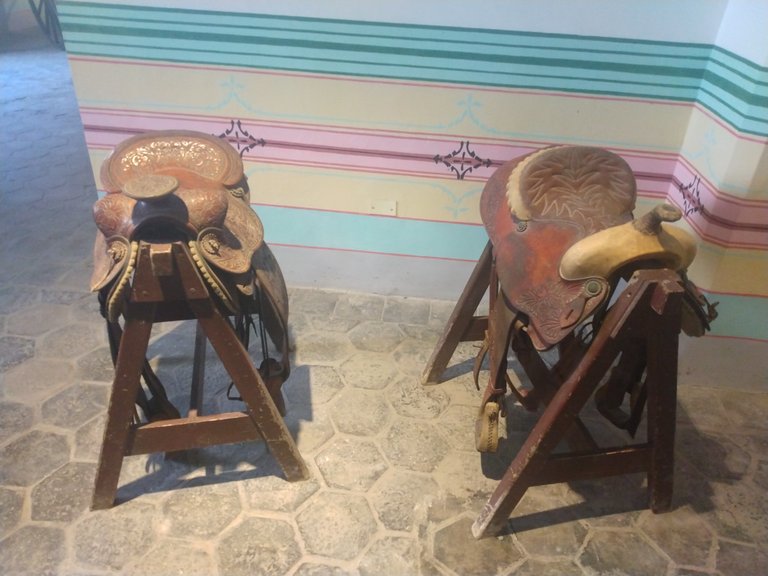
I was struck by a somewhat more rudimentary looking carriage, which is a representation of one of the old buses of the time. I reckon it would have a capacity of about 7-8 people.
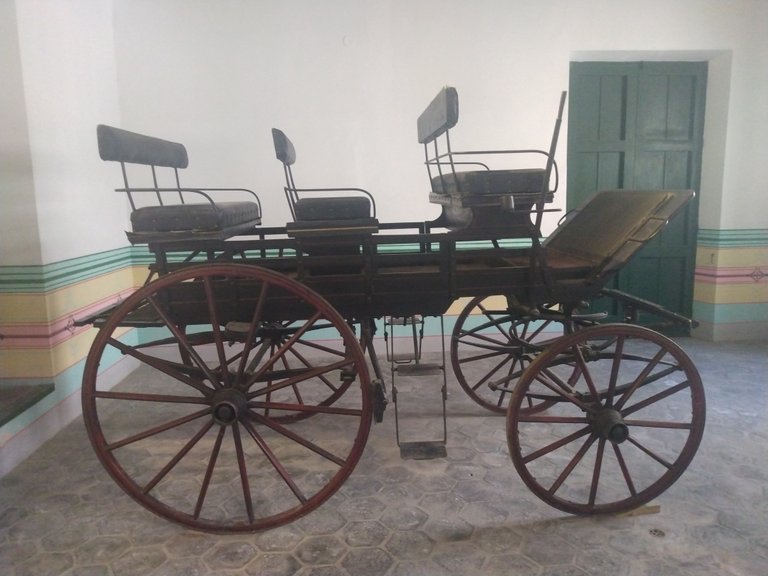

Wheelbarrow used by itinerant sellers of fruit and other products.
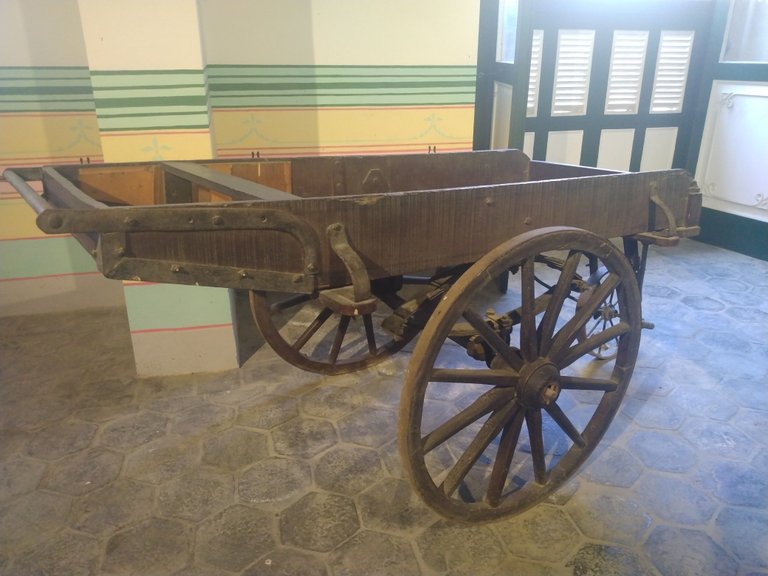
This is a scissors sharpening machine, which was a common sight in the streets of old Havana.
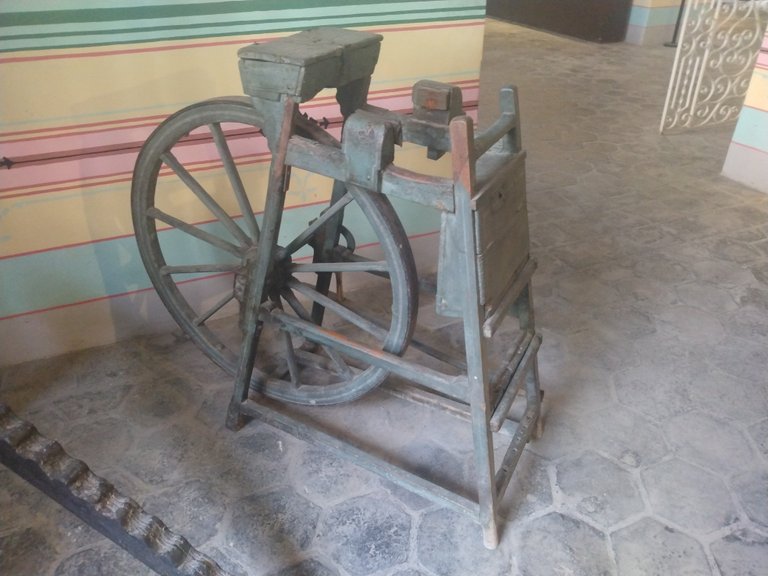
Other interesting pieces in the museum are the small representation of the Cuban railway, the fire engine and the cart ‘’Flor del Cerro‘’, used for the sale of charcoal and other household objects such as charcoal griddles, portable cookers and espadrilles.
Model of a locomotive that existed in the colony and was donated by Dulce María Loinaz, one of Cuba's great writers. It was manufactured in New York at the beginning of the last century.
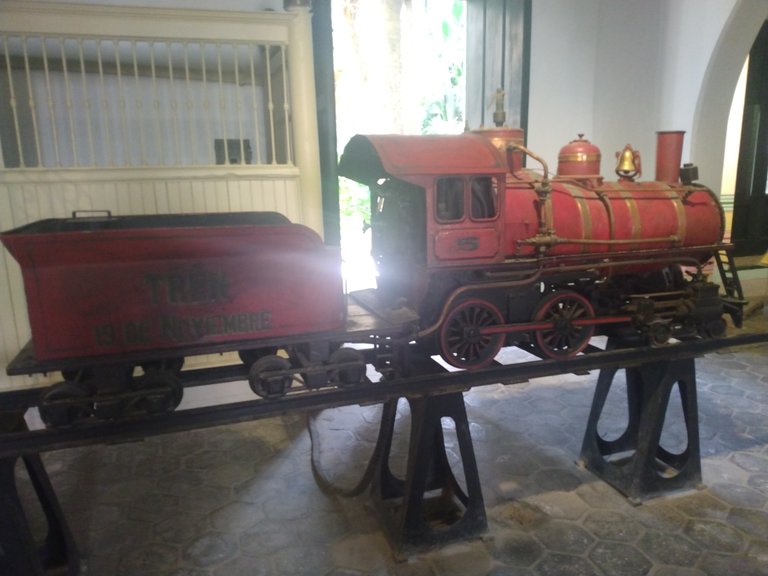
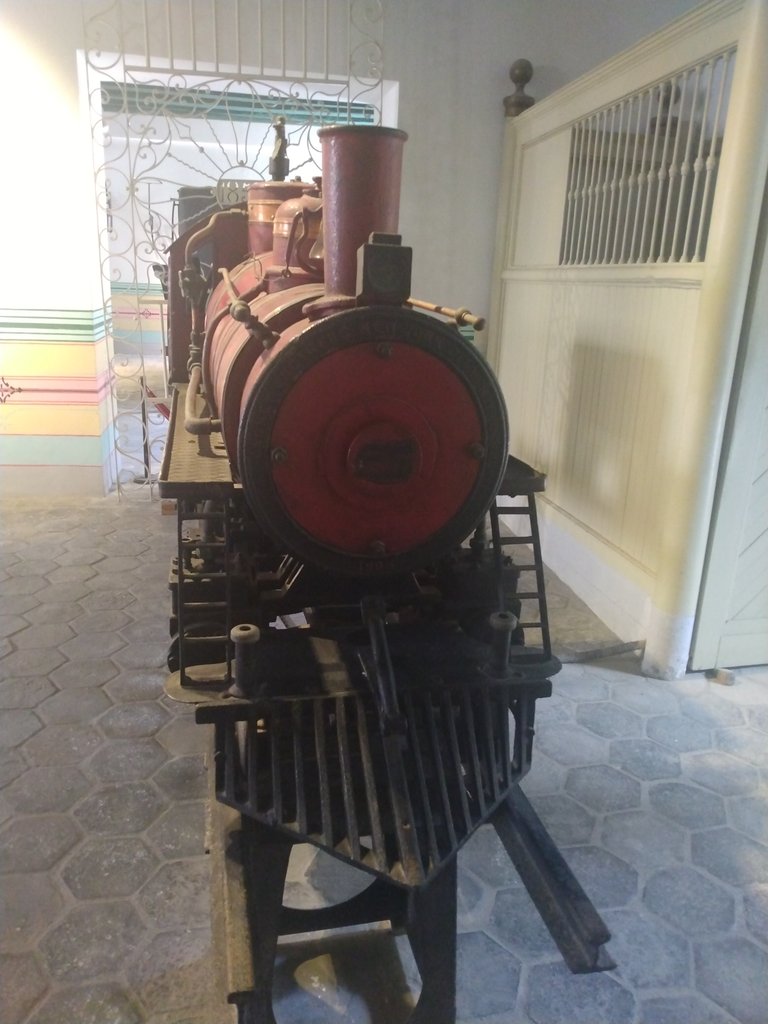
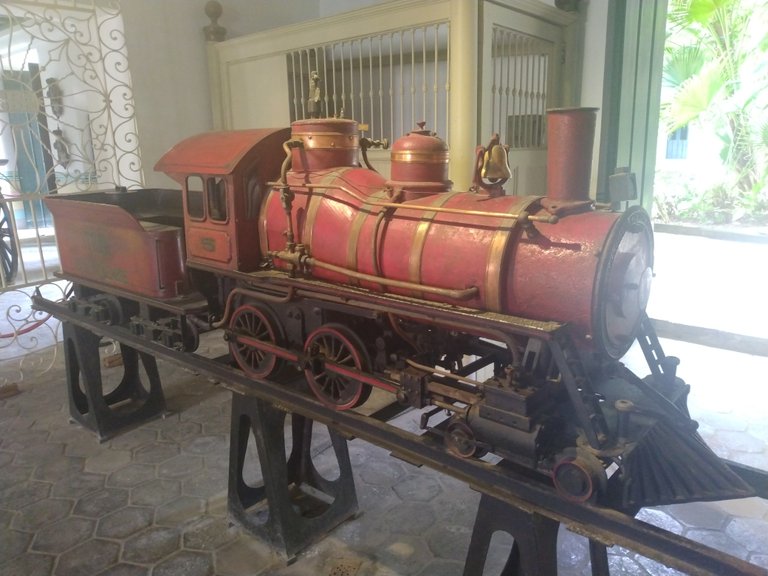
Bureau of the former railway station chief.
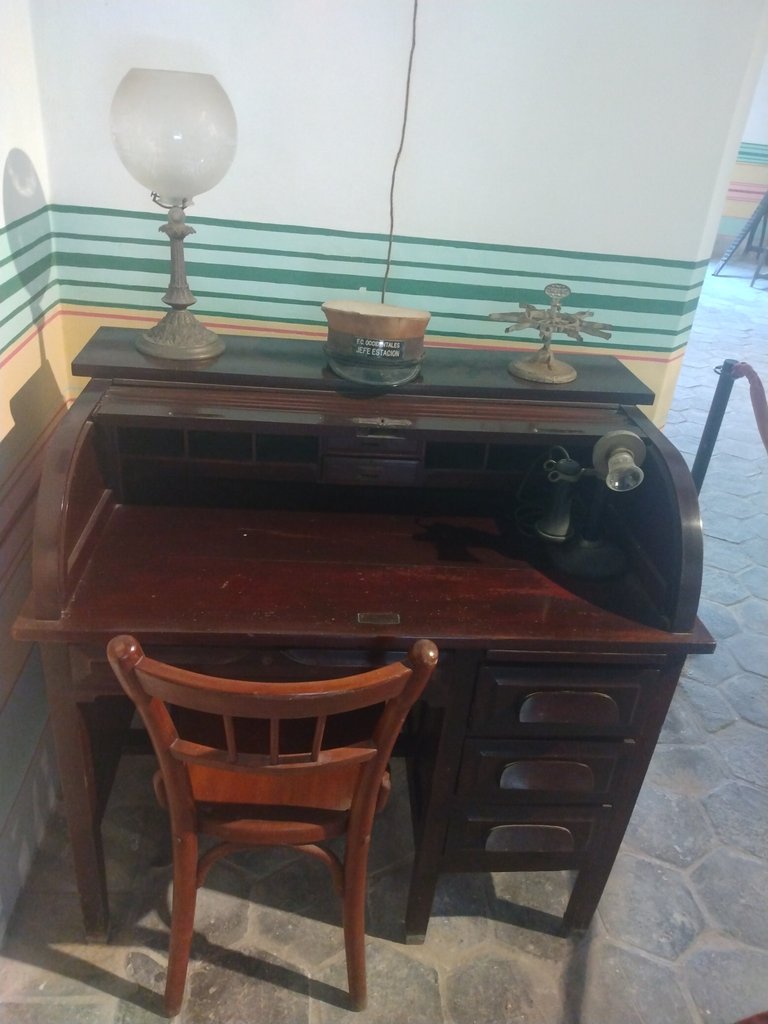
Fireman's carriage dating from 1845 and built by the American Company Metropolitan.

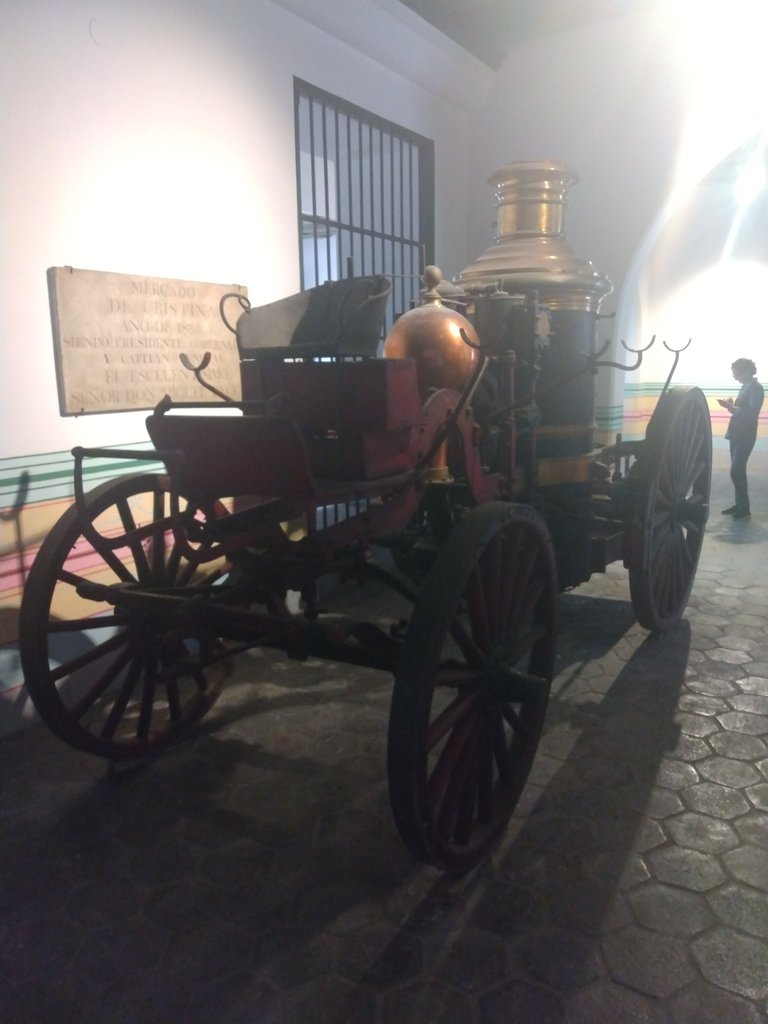
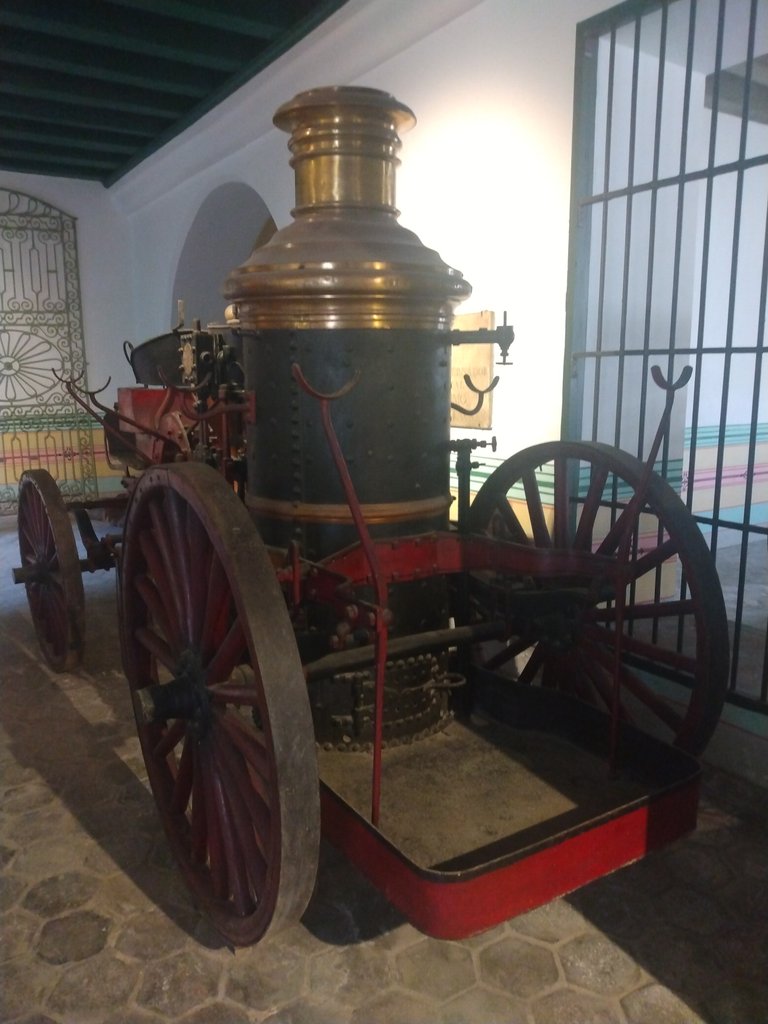
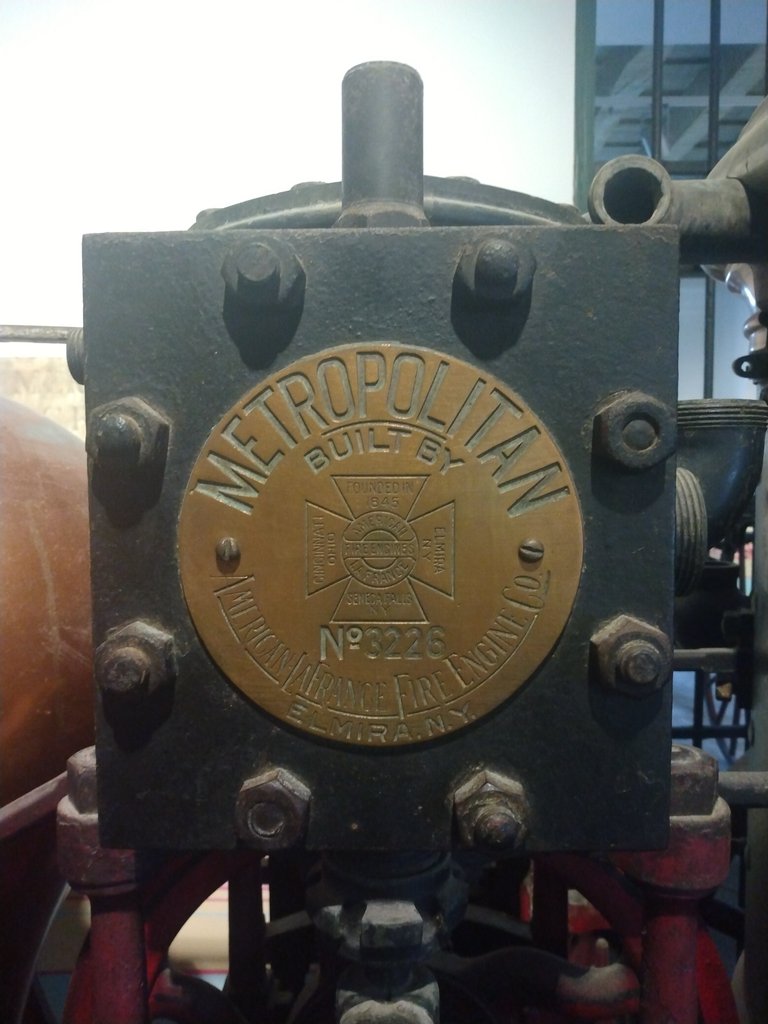
Flor del Cerro‘’ Wagon. It reminded me a lot of Far Eastern movies.
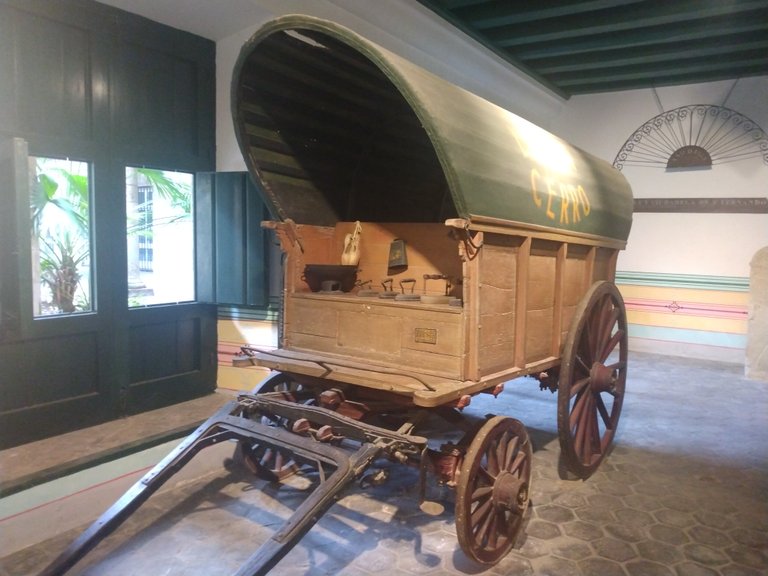
In this image we can see the products that were sold in this cart.
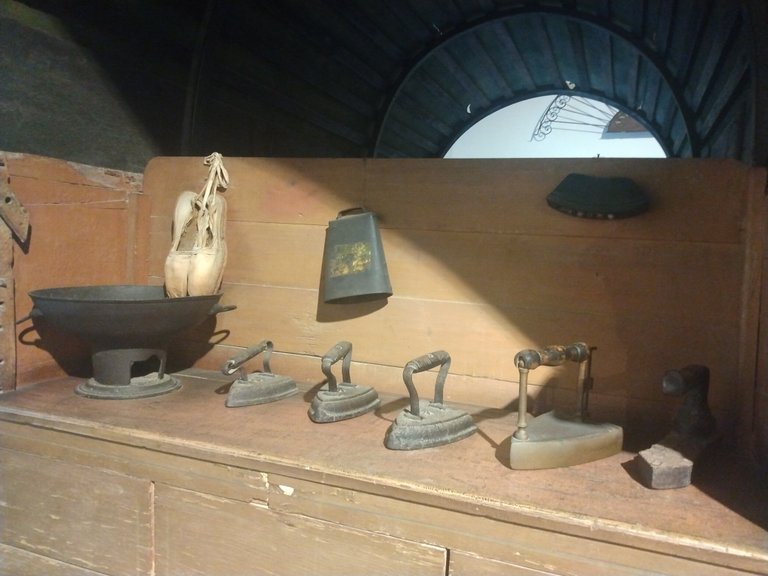
The next room is in the main parish hall. The next room is the Parroquial Mayor. Here the collections have a more religious connotation. There are also some archaeological pieces found in excavations carried out during the restoration of the former Palace of the Captains General between 1967 and 1975.
Archeological pieces.
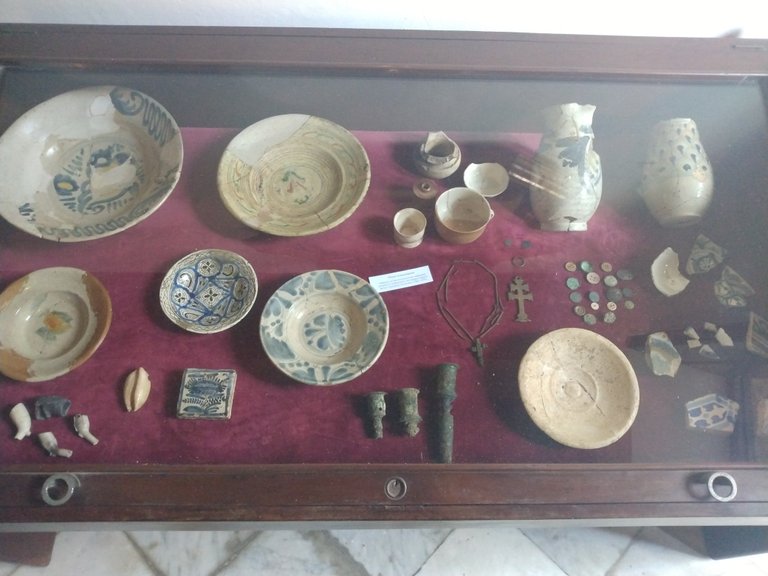
Parish furniture and iconographic pictures.
Seats that belonged to the former Convent of Santa Catalina de Sena in the 18th century.
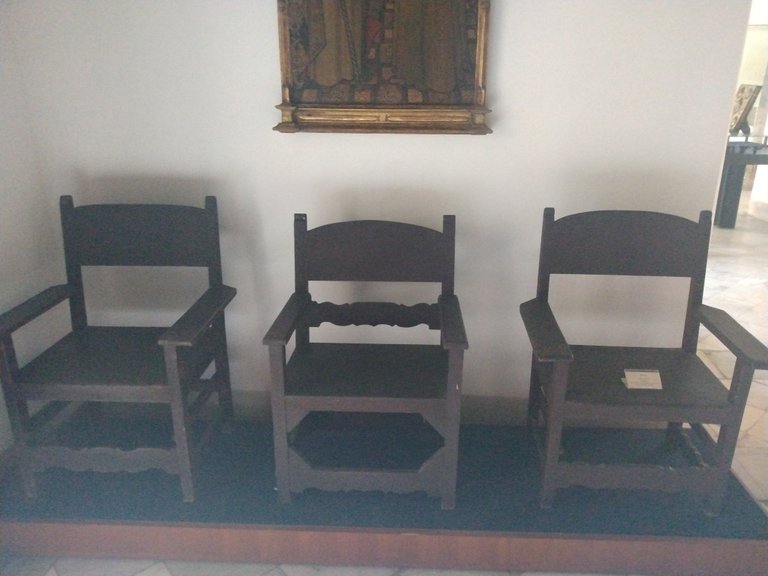
Benches used by the choir of Havana Cathedral in the 19th century.
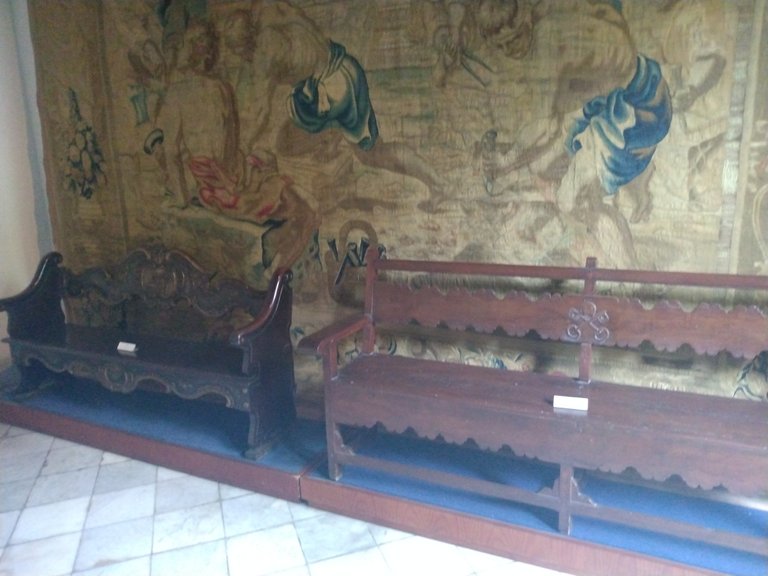
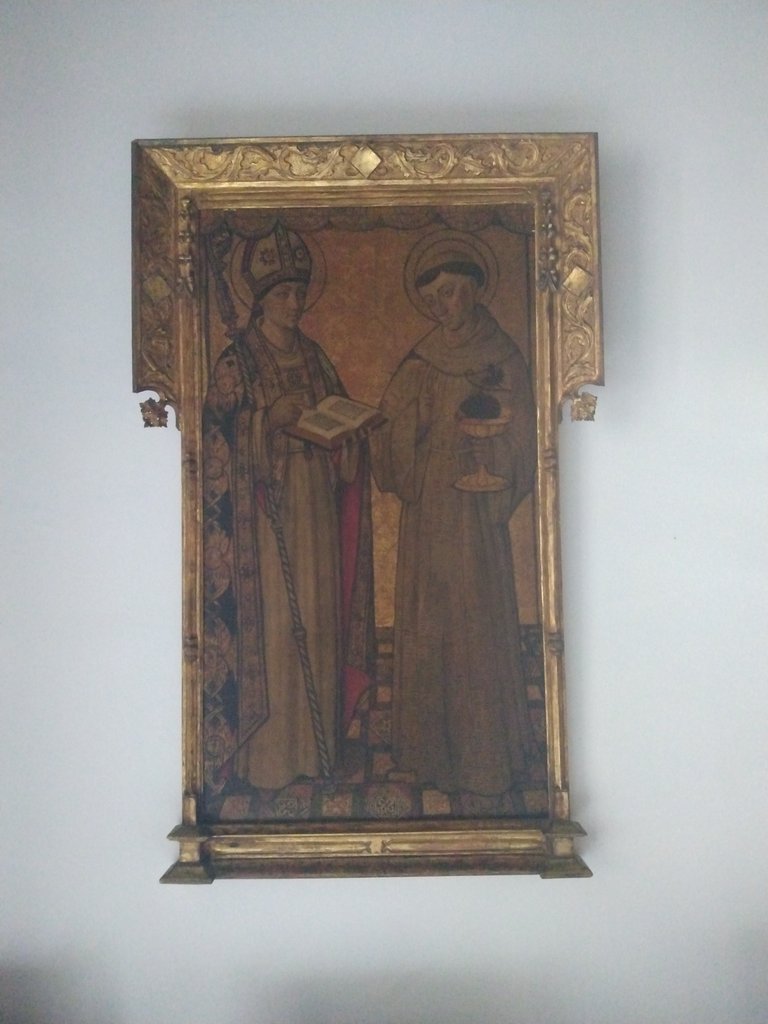

This 19th-century book of the Gospels was made of materials such as silver, velvet, silk and paper.
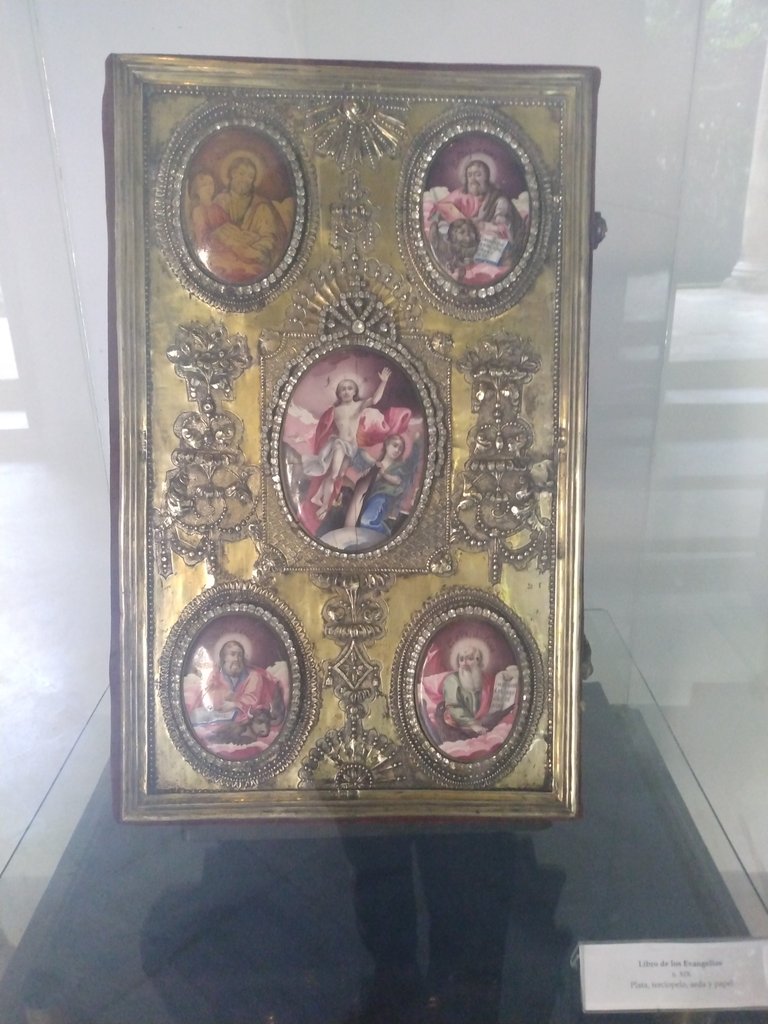
Sculpture depicting Christ, showing the heart-rending wounds he suffered on Calvary.
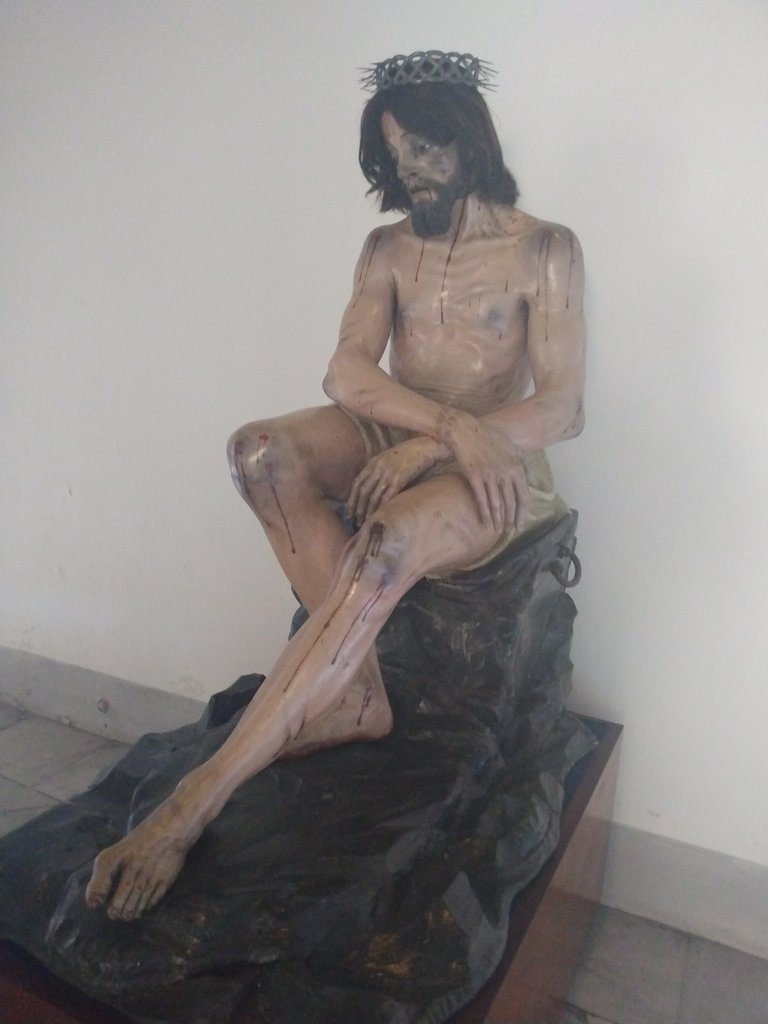
Also preserved are the tombstones belonging to James Scout, who was Attorney General, Councillor, President and Commander-in-Chief of the Bahamas Islands from 1750-1752; Francisco Delgado and his wife.

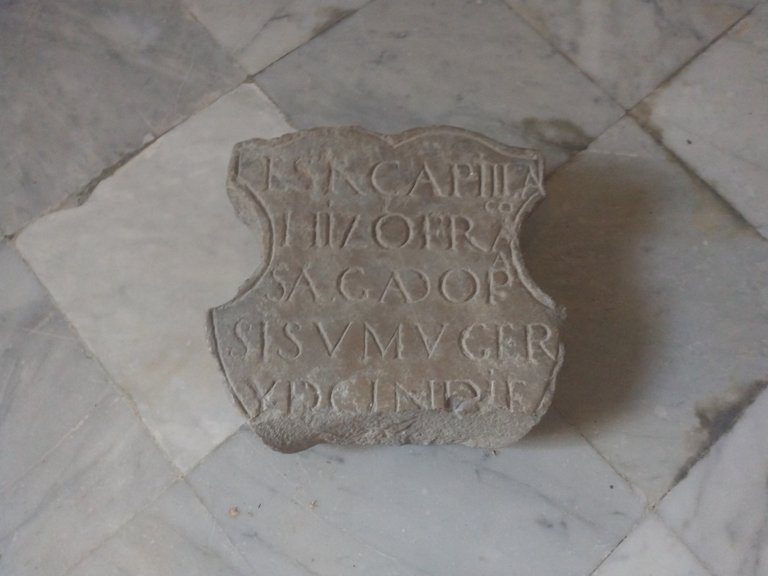
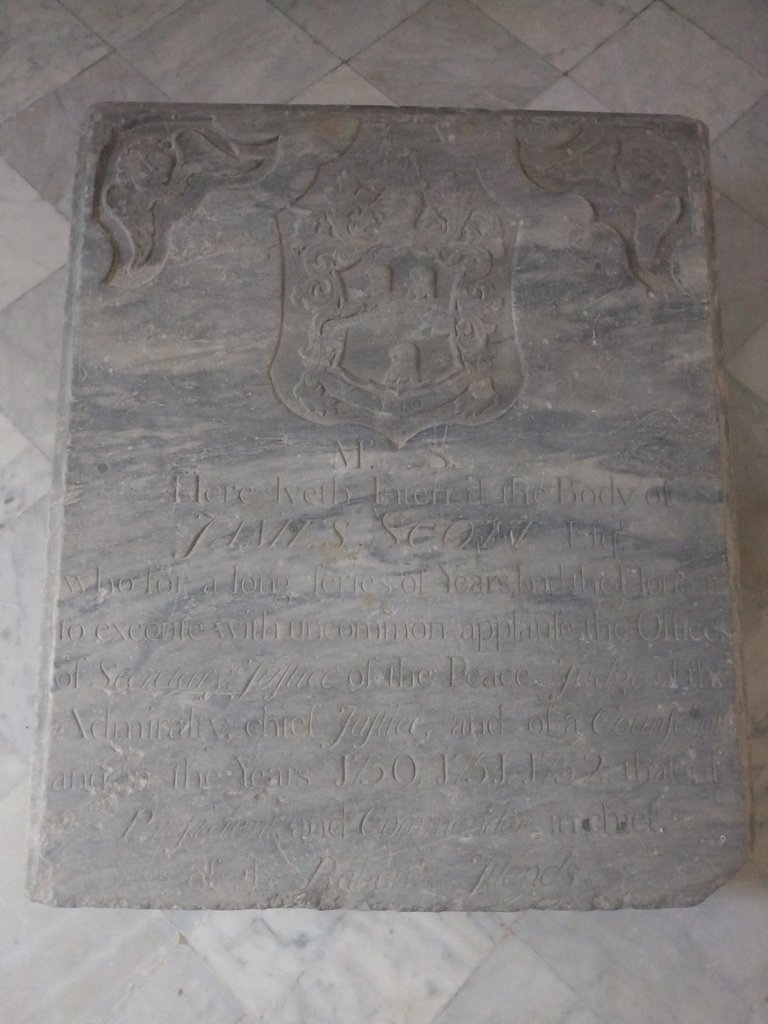
Baptismal font, where people were baptised in the Main Parish Church by Pedro Agustin Morell, Bishop of Cuba between 1754 and 1768.
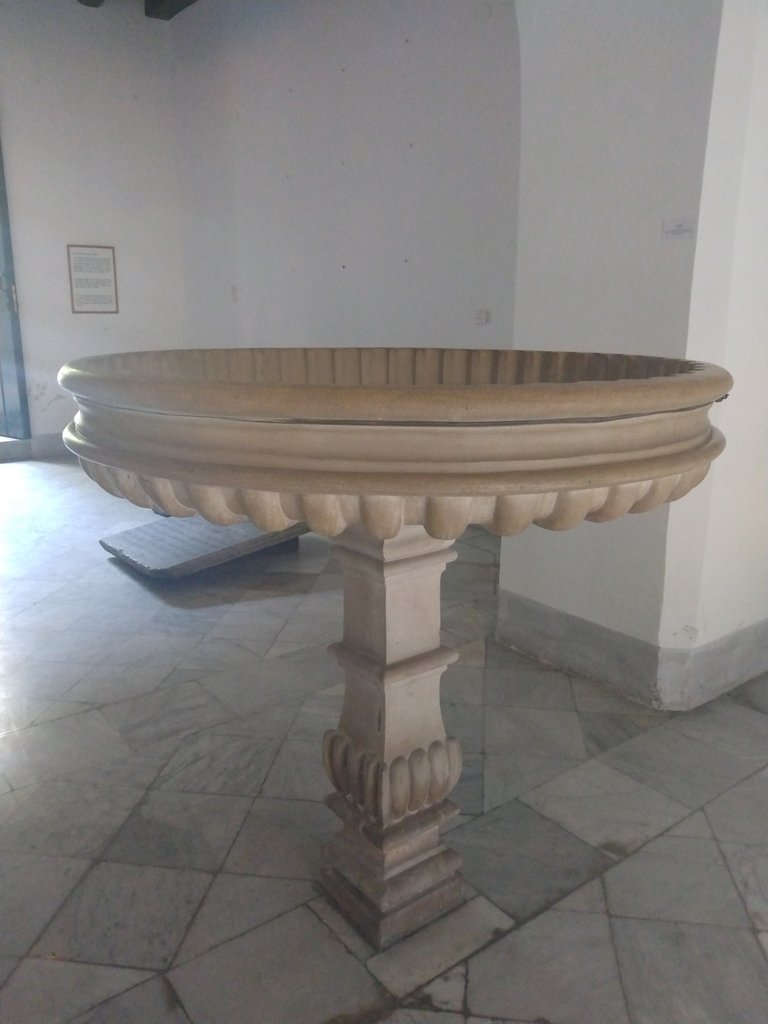
Finally, we move on to another compartment of the room where religious objects that formed part of the worship in the parish church of the time are stored.
Crucifix
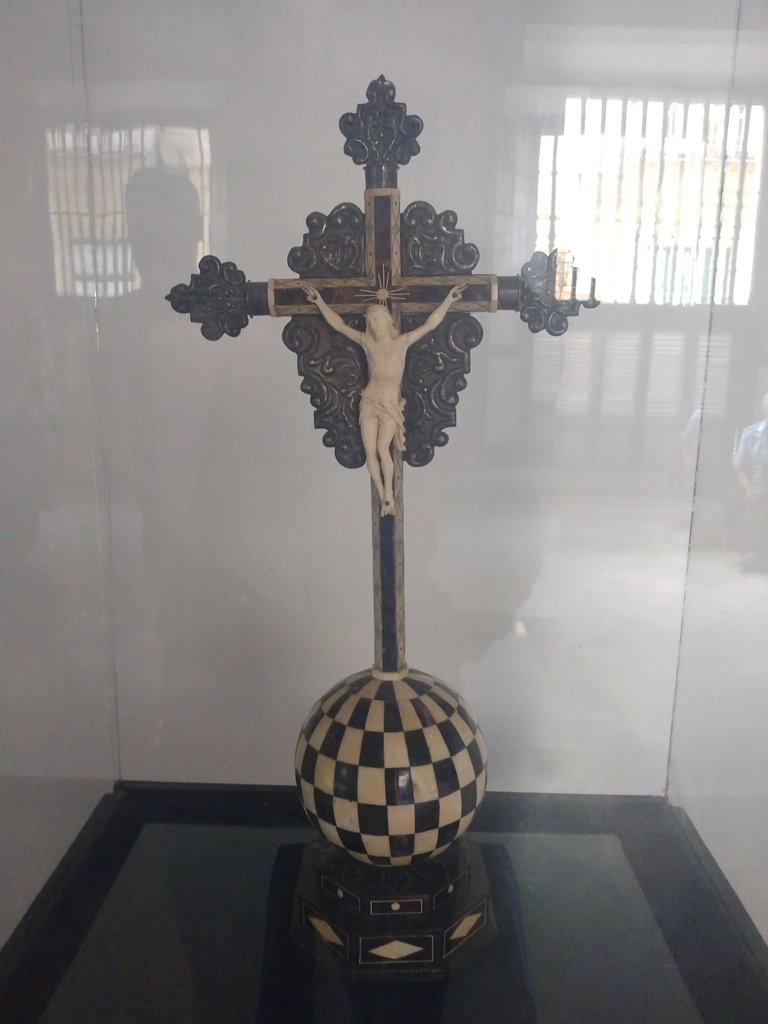
I was particularly struck by an element known as the Custodian, which belonged to the Cathedral of Havana. It is a kind of giant candelabrum used in the liturgy.
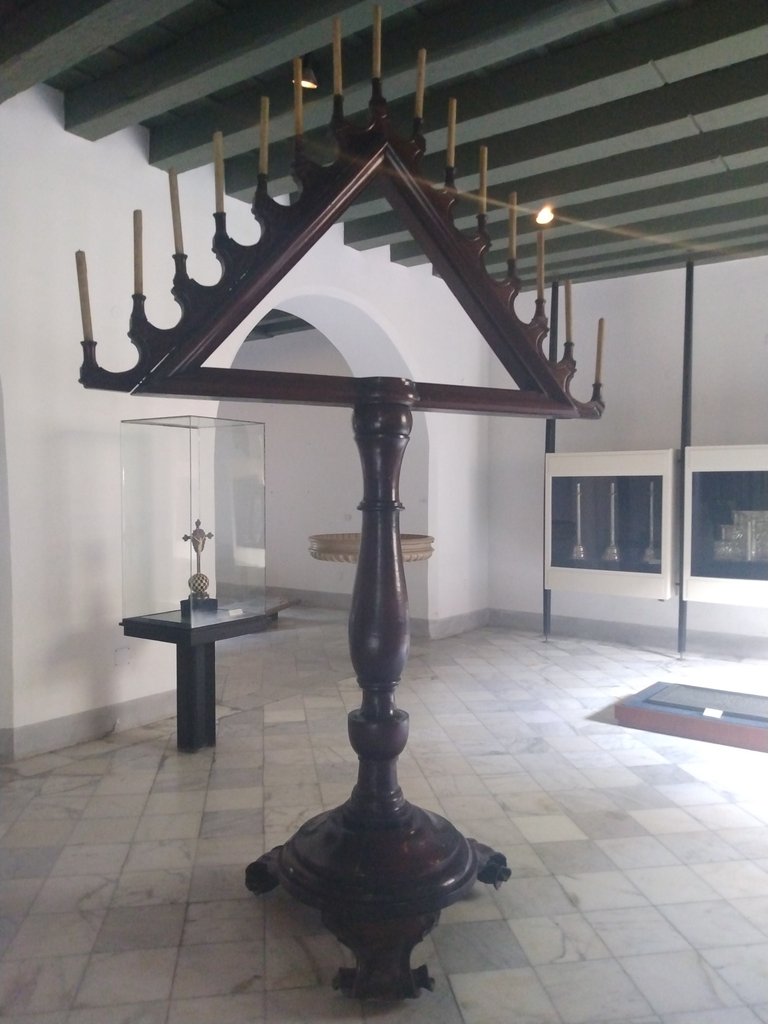
There are also objects made of precious metals such as silver, gilded silver in combination with other materials such as red coral and crystal.

Silver fleurons dating from the 19th century.
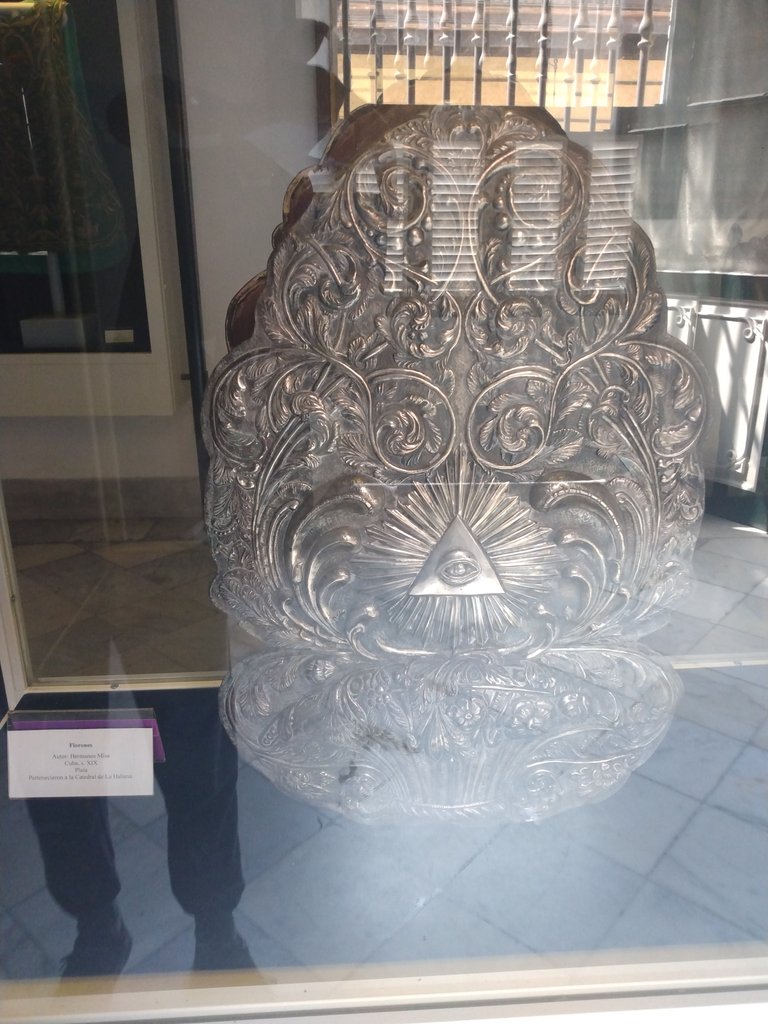
Tabernacle made of pure silver.

The chasubles, the name given to the outer garment worn by the priest during mass. They were made of tissue and golden thread. These examples date from the 18th century.
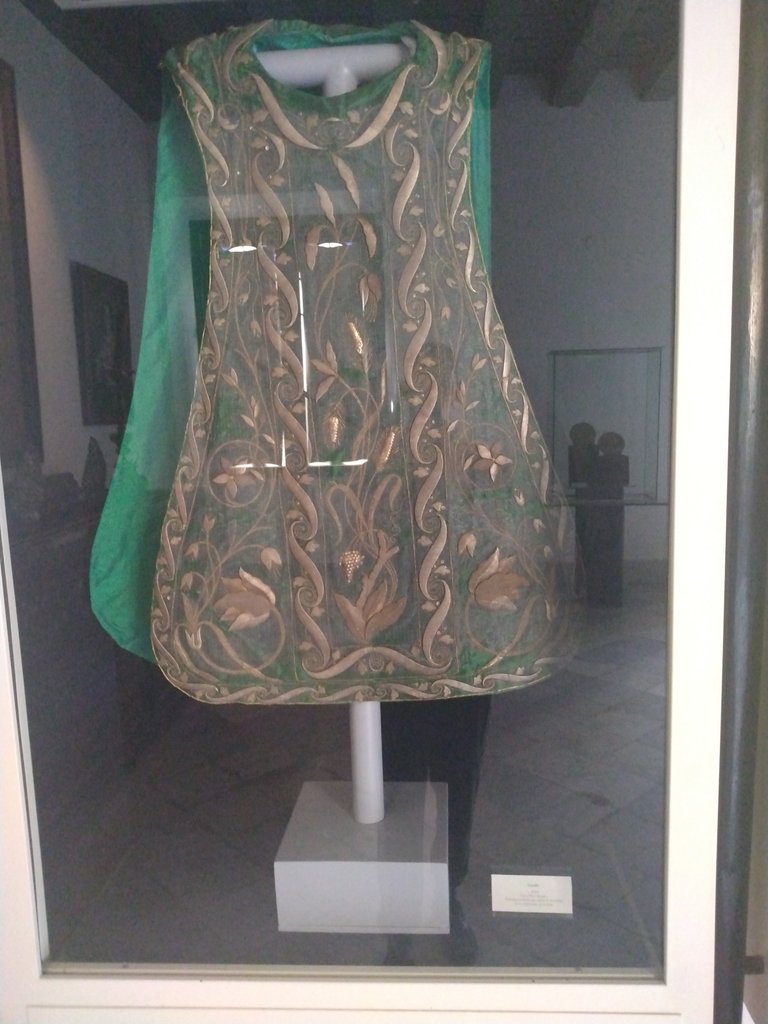
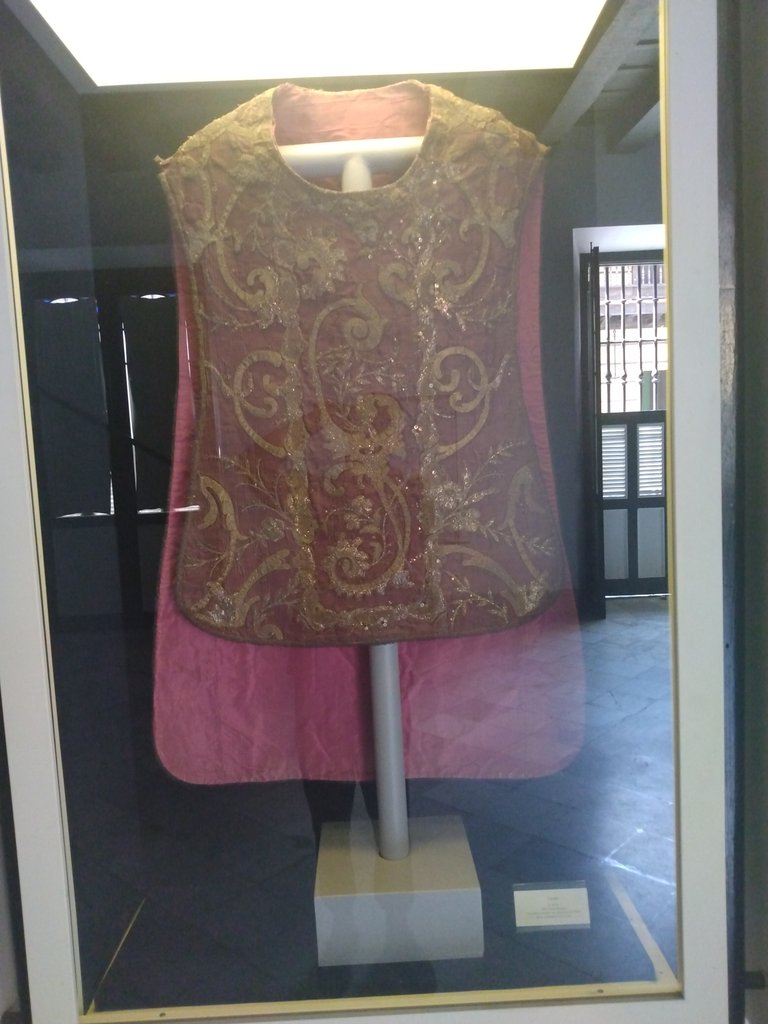
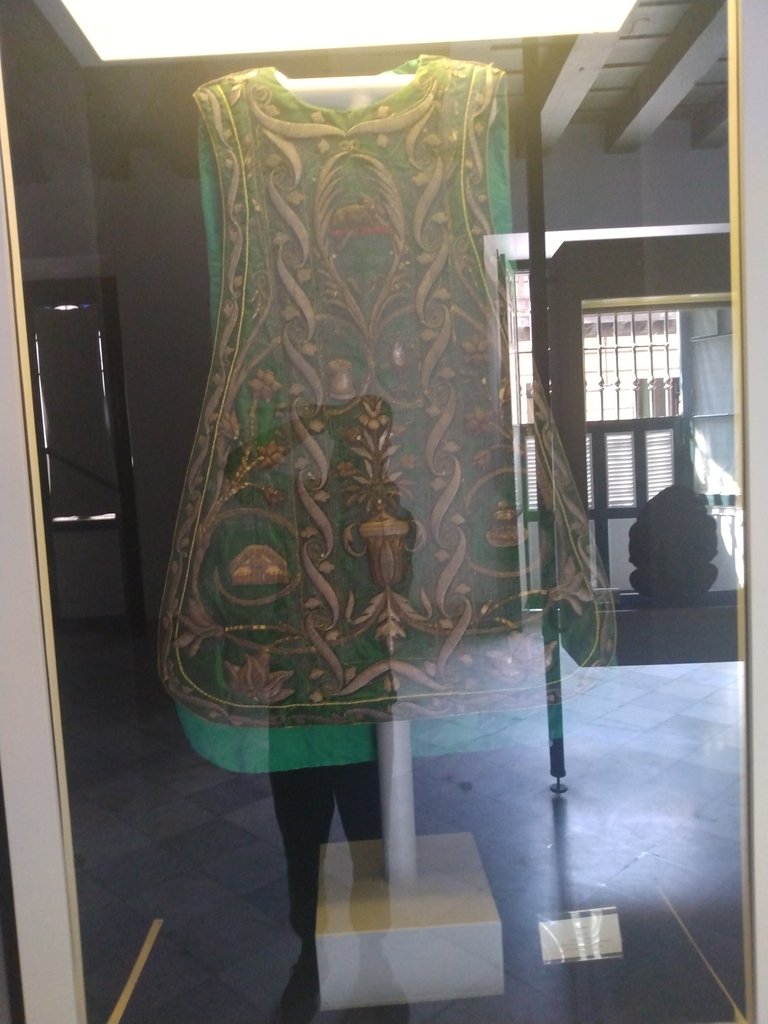
Armchairs used by the bishops.
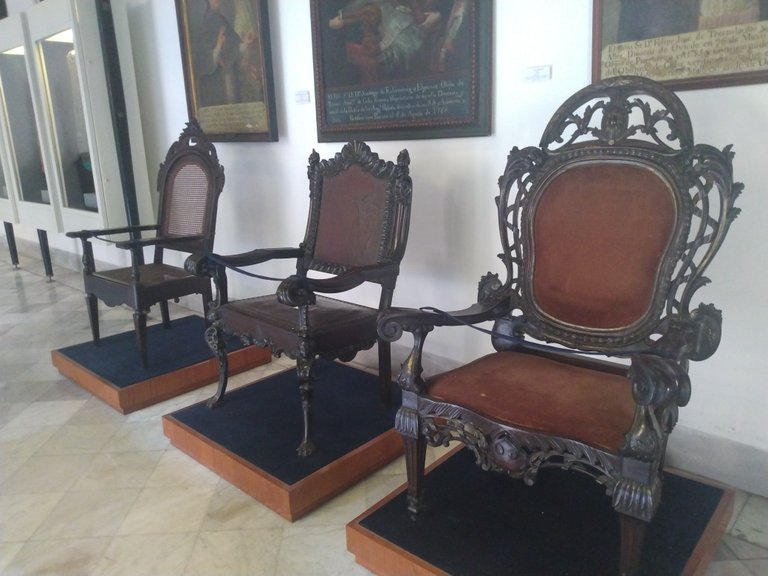
So much for our tour of the Palacio de los Capitanes de La Habana, a very interesting place to learn about the history of colonial Havana. Thank you very much for your time and see you on the next tour.
All photos are mine, taken with my Moto g play (2021) mobile phone.
Translated at DeepL.
Versión en español
Hola amigos, en esta ocasión les invito a recorrer un sitio ubicado al lado del Castillo de la real fuerza, que les había comentado la semana pasada. Su nombre hace alusión al hecho de que fue la residencia oficial de 65 capitanes generales españoles que gobernaron la isla durante la época colonial. Este Palacio convertido hoy en un interesante museo, se comenzó a edificar en el año 1776 en la manzana que ocupaba el Parroquial Mayor, en el lado oeste de la plaza de armas. Esta construcción es considerada una obra significativa de la arquitectura civil del siglo XVIII, de sobrio estilo barroco. Fue proyectada por el ingeniero Antonio Fernández de Trevejos, bajo la dirección del capitán general Marqués de la Torre, e inaugurada por Luis de las Casas en 1791. Albergó la Cárcel Pública hasta 1834. Fue sede del gobierno interventor norteamericano entre 1899 y 1902, y del gobierno de la República de Cuba hasta 1920. También la Alcaldía de La Habana sesionó de forma ininterrumpida en sus salones por unos 176 años. Desde 1938 fue sede de la Oficina del Historiador de la Ciudad. Actualmente, se encuentra abierto al público sólo la primera planta debido a labores de restauración. En este museo podremos ver valiosas colecciones relacionadas con la historia y cultura de La Habana a través de sus casi cinco centurias.
En su interior como es característico de las edificaciones coloniales se encuentra un fresco patio interior con típica vegetación tropical en cuyo centro se ubica una escultura de Cristóbal Colón tallada en mármol.
La primera sala se llama Quitrín donde, se exponen entre otros objetos antiguos, los carruajes típicos de aquella época. En las imágenes inferiores podemos observar estos carruajes denominados Diligencias, diseñadas para viajes largos y un Faetón francés, este último utilizado para el transporte en la ciudad y en eventos sociales de la clase aristocrática.
Faetón francés
Diligencias
También en esta sala podemos observar objetos que fueron pertenencias de los capitanes generales y otras personas aristocráticas como: conjuntos de porcelana, objetos confeccionados en nácar, prismáticos, así como una colección de llaves y candados antiguos.
Conjuntos de porcelana
Objetos elaborados en carey
Colección de llaves y candados antiguos.
En otro de los compartimientos de la sala Quitrín, se encuentra un elegante carruaje donado por el rey Juan Carlos de España, a su visita a La Habana en 1999. Este fue confeccionado en Sevilla.
En las paredes del local se encuentran colocados los escudos que representaban a los gobiernos de España y La Habana.
Otros objetos de interés son las monturas de caballo fabricadas en México, obsequiadas a Fidel Castro.
Me llamó la atención un carruaje con un aspecto un tanto más rudimentario, el cual constituye una representación de uno de los antiguos buses en la época. Calculo que tendrían una capacidad para unas 7-8 personas.
Carretilla que se usaba por los vendedores ambulantes de frutas y otros productos.
Esta es una máquina de afilar tijeras, lo cual eran muy frecuente ver en las calles de La Habana antigua.
Otras de las piezas interesantes del museo son la pequeña representación del ferrocarril cubano, el carro de bomberos y la carreta ´´Flor del Cerro´´, usada para la venta de carbón vegetal y otros objetos del hogar como planchas de carbón, hornillos portátiles y alpargatas.
Maqueta de locomotora que existía en la colonia y que fue donada por Dulce María Loinaz, una de las grandes escritoras de Cuba. Fue fabricada en Nueva York, a inicios del siglo pasado.
Buró del jefe de la antigua estación de ferrocarriles.
Carro de bombero que data del año 1845 y construido por la Compañía Norteamericana Metropolitan.
Carreta ´´Flor del Cerro´´. Me recordó mucho a las películas del Lejano Oriente.
En esta imagen podemos observar los productos que se vendían en esta carreta.
La próxima sala es la del Parroquial Mayor. Aquí las colecciones tienen una connotación más bien religiosa. También se observan algunas piezas arqueológicas halladas en excavaciones ejecutadas durante la restauración del antiguo Palacio de los Capitanes Generales entre los años 1967 y 1975.
Piezas arqueológicas.
Muebles y cuadros iconográficos parroquiales.
Butacas que pertenecieron al antiguo Convento de Santa Catalina de Sena en el siglo XVIII.
Bancos usados por el coro de la Catedral de La Habana en el siglo XIX.
Libro de los Evangelios que data del siglo XIX, para su confección se utilizaron materiales como plata, terciopelo, seda y papel.
Escultura que representa a Cristo mostrando las desgarradoras heridas sufridas en el Calvario.
También se conservan las lápidas sepulcrales que pertenecieron a James Scout, quien fuera Fiscal General, Consejero, Presidente y Comandante en Jefe de las Islas Bahamas desde 1750-1752; Francisco Delgado y su mujer.
Pila bautismal, donde se bautizaban las personas en la Iglesia Parroquial Mayor por Pedro Agustín Morell, Obispo de Cuba entre los años 1754 y 1768.
Por último, pasamos a otro compartimento de la sala donde, se atesoran objetos religiosos que formaban parte del culto en la iglesia parroquial de la época.
Crucifijo
En lo particular me llamó mucho la atención un elemento conocido como Custodio, el cual perteneció a la Catedral de La Habana. Es como especie de candelabro gigante usado en la litúrgia.
También se encuentran objetos confeccionados en metales preciosos como plata, plata dorada en combinación con otros materiales como coral rojo y cristal.
Florones confeccionados en plata que datan del siglo XIX.
Tabernáculo confeccionado en plata pura.
Las Casullas, nombre dado a la vestimenta exterior que utilizaba el sacerdote durante las celebraciones de la misa. Se confeccionaban con Tisú e hilos dorados. Estos ejemplares datan del siglo XVIII.
Sillones usados por los obispos.
Hasta aquí nuestro recorrido por el Palacio de los Capitanes de La Habana, un lugar muy interesante para conocer la historia de La Habana colonial. Muchas gracias por su tiempo y nos vemos en el próximo tour.
Todas las fotos son mías, tomadas con mi teléfono móvil Moto g play (2021).
Traducidas en DeepL.
You can check out this post and your own profile on the map. Be part of the Worldmappin Community and join our Discord Channel to get in touch with other travelers, ask questions or just be updated on our latest features.
Hiya, @lizanomadsoul here, just swinging by to let you know that this post made it into our Honorable Mentions in Travel Digest #2488.
Your post has been manually curated by the @worldmappin team. If you like what we're doing, please drop by to check out all the rest of today's great posts and consider supporting other authors like yourself and us so we can keep the project going!
Become part of our travel community:
A very beautiful place full of history ❤️
Hello, thanks for your comment.
Excellent publication and a sample of the cultural and historical beauty of the Cuban nation.
Thank you for being a faithful advocate and disseminating the essential elements of the nation.
Happy Wednesday.
Cheers and greetings.
Thanks my friend for your comment.
Congratulations @reneyasmany! You received a personal badge!
You can view your badges on your board and compare yourself to others in the Ranking